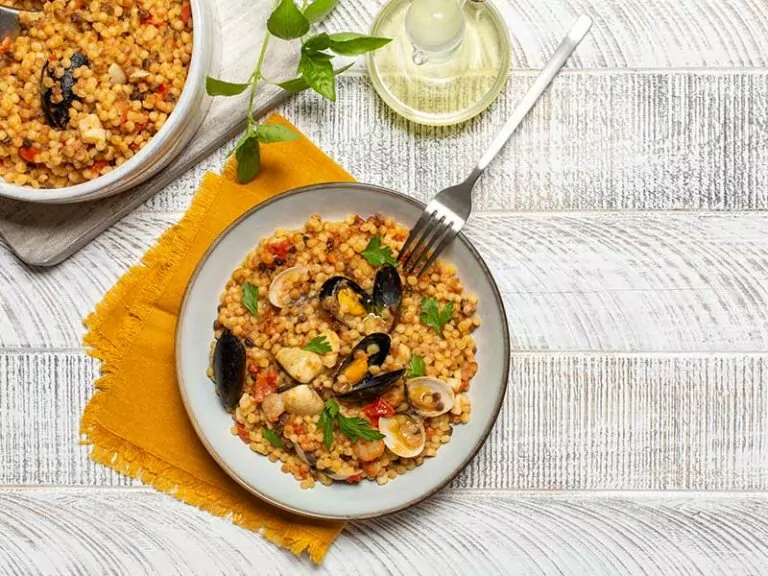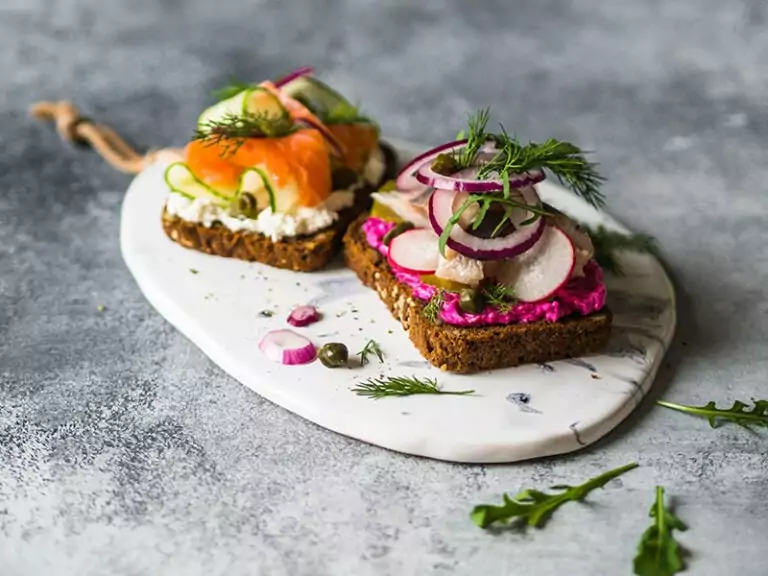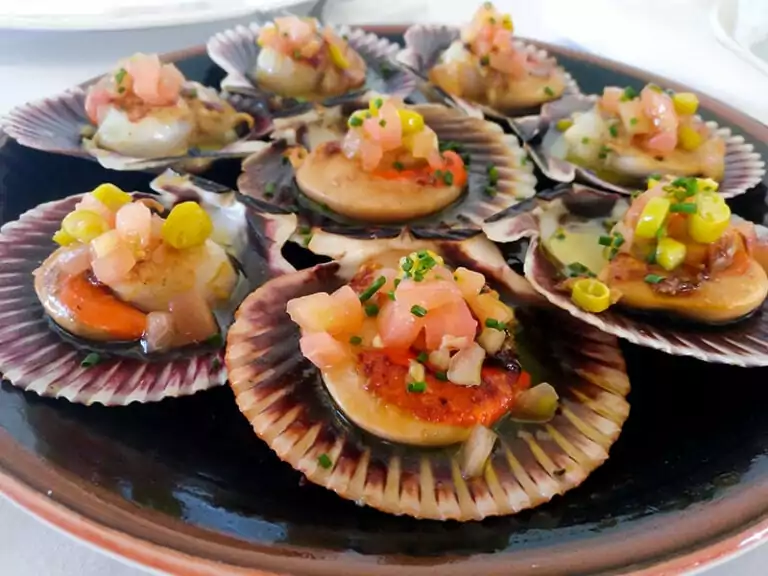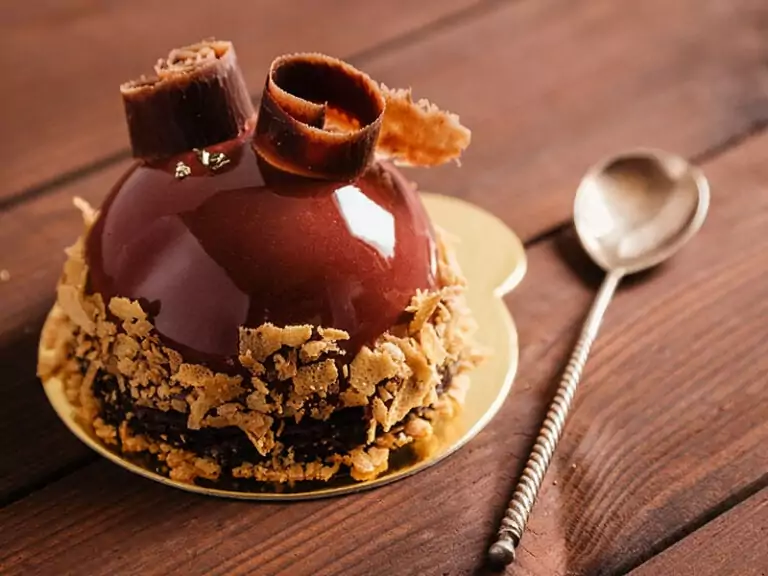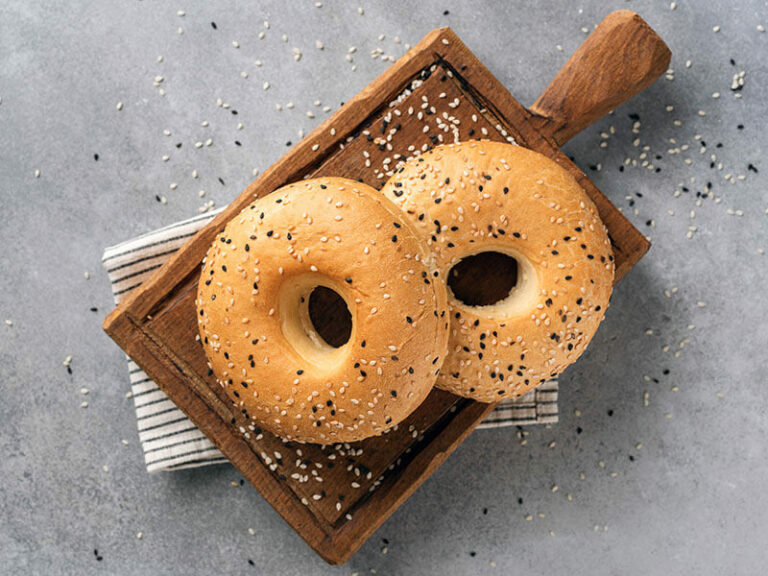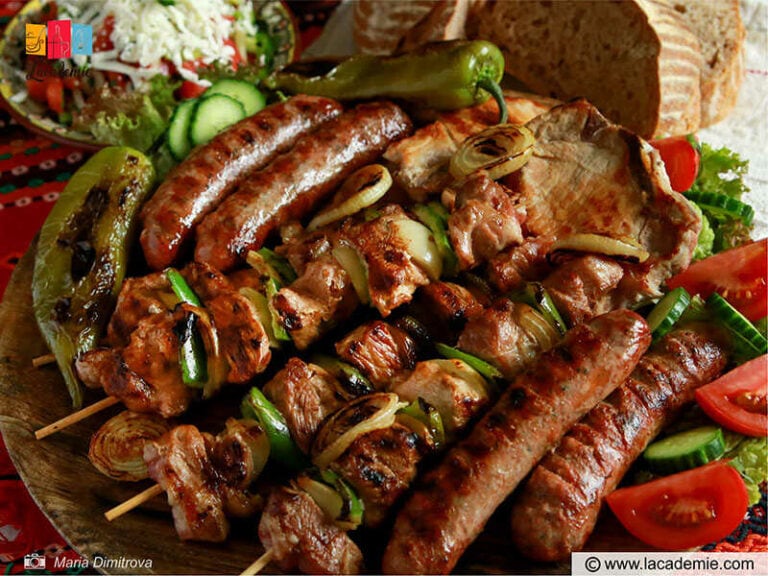European beverages have a rich history that is steeped in centuries of tradition. I bet you’ve wondered, “What makes these beverages so desirable?” As you delve into this article, you’ll discover their rich histories.
This knowledge could elevate your beverage experiences, making each sip more meaningful. So, read on because you won’t want to miss the secrets that make these drinks truly extraordinary.
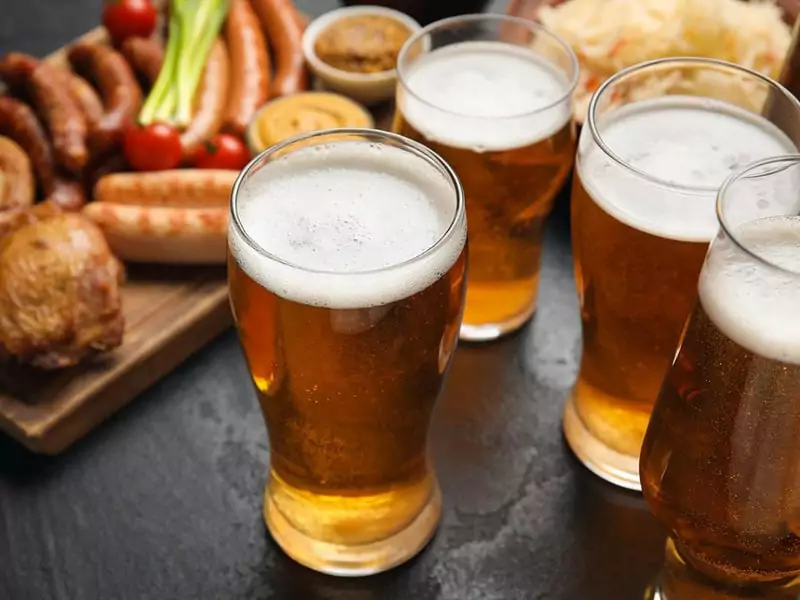
Brief Overview Of European Beverages
Europe’s beverages offer a glimpse into the vast and varied tapestry of its rich cultural heritage. This region is globally renowned for an expansive range of drinks, both alcoholic and non-alcoholic. Many of them are essential pairings of classic European delicacies.
Europe’s alcohol tradition includes some of the world’s best wines from France, Italy, and Spain and famous beers from Germany, Belgium, and the United Kingdom. Also, there are spirits like Scotch whisky, Irish whiskey, and Russian vodka, among others.
Simultaneously, non-alcoholic drinks also hold a special place in European gastronomy. British teas, Italian espresso, and traditional Turkish coffee are beloved by locals and tourists alike.
Moreover, an array of fruit juices, soft drinks, and mineral waters from various European countries also enrich the continental beverage landscape.
Historical Background
Origins of Beverage Culture in Europe
The history of Europe’s cuisine and the origin of the beverage culture can be traced back to ancient civilizations.
Wine has been integral to the Mediterranean region since ancient Greek and Roman times. Beer’s origins, on the other hand, originate from the Celtic and Germanic tribes of Central Europe.
Tea may be synonymous with the United Kingdom today, but its arrival was introduced through trade with China and India much later, around the 17th century.
Coffee followed a similar trajectory, with initial roots in the Middle East. Later, the beverage culture blossomed in Italy and spread across the continent.
Non-alcoholic beverages, such as juices and infusions, have a rich history, too! They are often tied to local produce and traditional medicinal practices. The availability of different fruits, herbs, and grains in each region significantly contributes to the development of these drinks.
Impact of History on the Development of Various Beverages
Historical events, trade routes, and socio-political changes have greatly influenced the development of Europe’s beverage culture. The Roman Empire, for example, played a crucial role in spreading viticulture throughout Europe.
Likewise, the growth of European colonies and trade routes during the Age of Exploration allowed for introducing and popularizing beverages like tea and coffee.
During the Industrial Revolution, technological advances modernized brewing and distillation processes, making beverages like beer and spirits more accessible.
Additionally, historical events like the Russian Revolution and Prohibition in the United States directly affected the production and consumption of certain beverages, leading to the rise in popularity of others.
The two World Wars also left a significant impact. Many vineyards were destroyed, changing the wine production landscapes of countries like France and Italy. Beer production was also significantly affected due to resource rationing and redirection to the war effort.
Nowadays, the growth of the European Union has influenced beverage production through appellation systems, trade regulations, and agricultural policies. All these historical threads have been woven together to form the rich tapestry of European beverages as we know them today.
The Overview Of Regional Beverages
In Eastern Europe
Eastern Europe has a rich tradition of both alcoholic and non-alcoholic beverages. Some play important parts in improving various famous Eastern European dishes regarding meal quality.
Vodka, particularly from Russia and Poland, is internationally renowned. The region is also known for other famous beverages like the Ukrainian and Russian Kvass, a fermented beverage made from rye bread, and Hungary’s fruit brandy, Palinka.
In Northern Europe
Northern Europe, particularly the Scandinavian countries, is known for spirits like Aquavit, a spiced spirit usually consumed during festive occasions with some Northern European delights.
The region also has a high coffee consumption rate, with countries like Finland and Sweden leading the global statistics.
In Southern Europe
Many authentic dishes in Southern Europe are incomplete without pairing wines. Italy, Spain, and Greece each have diverse wine traditions, from Italian Chianti to Spanish Rioja to Greek Retsina.
Moreover, beverages like Italy’s Limoncello, Portugal’s Port wine, and Greece’s Ouzo also contribute to the rich beverage landscape of this region.
In Western Europe
This area is home to globally-renowned beverages that you can enjoy with many Western Europe-style signature dishes to make your meal more mesmerizing.
French wines, from Burgundy reds to Champagne, are legendary. Germany’s beer tradition is globally influential, with styles like lager, bock, and pilsner.
Belgium’s unique Trappist beers and ales also hold a special place in the global beer scene. The United Kingdom is renowned for its teas and ales, and Ireland for its stouts and whiskey.
In Central Europe
Central Europe, such as Austria, Hungary, and the Czech Republic, also boasts a rich beverage culture. Of course, these drinks are essential to accompany many Central European delights.
Czech beers, especially Pilsners, are globally famous. Austria’s coffee house culture symbolizes Viennese tradition, while its wines, particularly white wines like Grüner Veltliner, are also well-loved drinks.
In Italy
1. Espresso

Speaking of Italian beverages, let me introduce you to espresso, the beloved coffee-brewing method and drink in the Southern part. Nearly boiling water, around 190°F, is forced through finely roasted coffee beans in an espresso machine.
During my adventures, I’ve learned that various types of coffee beans can be turned into espresso. Regardless of the coffee bean variety, the result is a small shot of pure caffeinated bliss.
With around 63 mg of caffeine in just one ounce, it’s stronger and thicker than your usual cup of coffee. Here’s the best part: espresso is the base for many coffee creations. From classic cappuccinos to velvety lattes, the possibilities are endless.
2. Cappuccino

Cappuccino is a harmonious blend of hot milk, velvety milk foam, and a perfect shot of espresso, all in equal parts. Some places also make it with one portion of coffee and five portions of milk. Usually, cappuccino is not as strong as a regular cup of coffee.
Also, you can use different types of milk, even non-dairy options. Moreover, you will need extra attention during the steaming process. Unlike its cousin, the latte, cappuccino has less steamed milk and a lighter layer of foam, allowing the coffee flavor to shine through.
In Italy, cappuccino is a morning tradition, enjoyed from sunrise until around 11 AM. It’s the perfect companion to kick-start your day or to savor after a delicious meal. When served, you might be surprised by the art on the top, thanks to the skilled barista.
3. Caffè Shakerato (Shaken Iced Coffee)
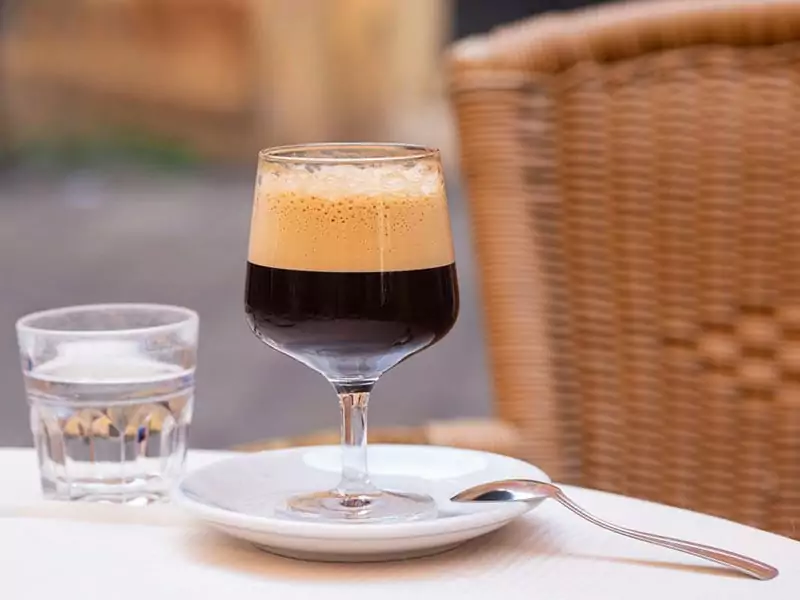
Caffè Shakerato, the Italian-style chilled espresso, is a refreshing summer drink with a bitter-sweet taste and a velvety texture. Making it is simple, as you can just mix espresso and simple syrup (or sugar) with ice, then shake vigorously for about 15 seconds to create a foamy top.
After that, strain it into a small glass or martini glass. Unlike other iced coffees, Caffè Shakerato is served without ice. It’s like a cool, revitalizing sip of caffeinated goodness. Trust me; it’s perfect for those hot summer days when you need a pick-me-up.
4. Caffè Americano
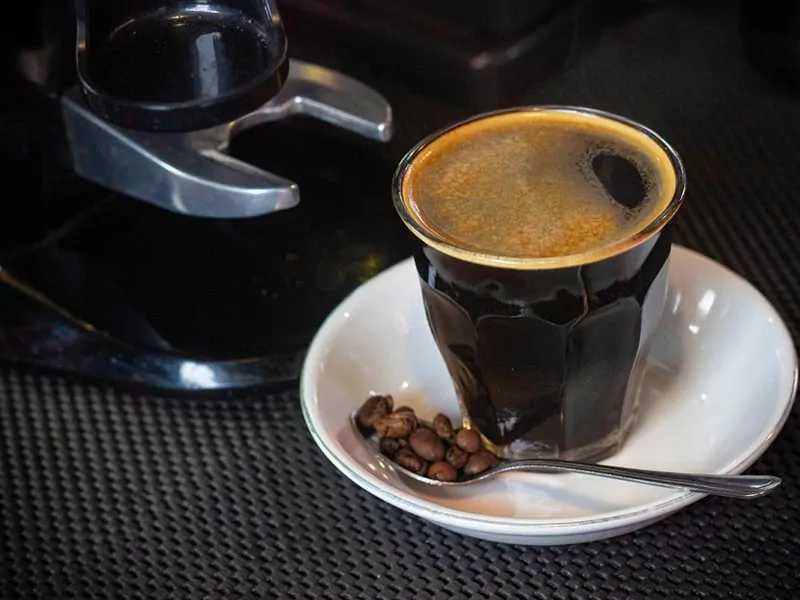
Caffè Americano, which translates to “American coffee” in Italian, has an interesting origin story. During World War II, American soldiers stationed in Italy found the local espresso too strong for their taste.
To make it more palatable, they diluted the espresso with hot water, thus creating the Caffè Americano today. It’s a simple preparation of diluting an espresso shot with hot water, usually in a ratio of 1:5, though it can vary.
The taste of Caffè Americano can vary based on the type of espresso used. If a dark roast espresso is used, it will have a stronger flavor. Additionally, you can enjoy an iced version of the Americano with cold water or try Caffè Crema, where an espresso shot is extracted longer than usual.
5. Ristretto
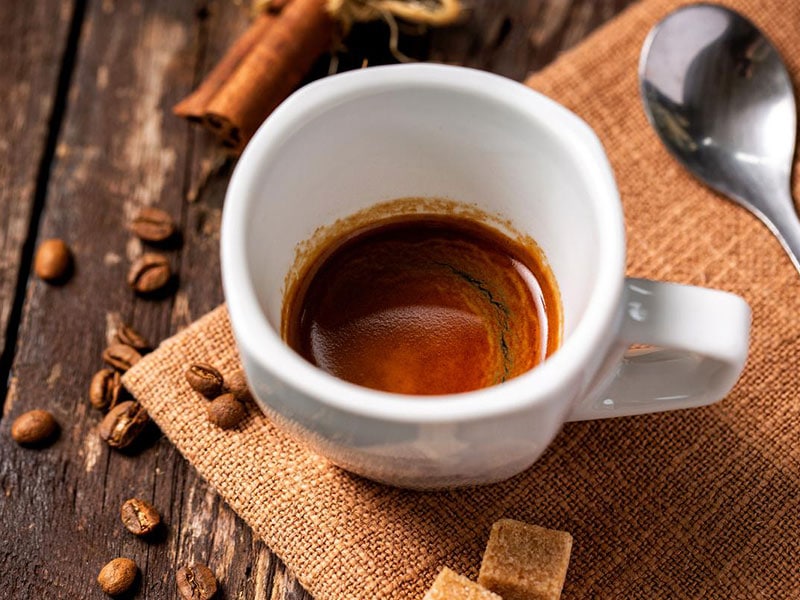
Ristretto, which means “shortened” or “narrow” in Italian, is a concentrated and slightly sweeter version of espresso. It’s prepared using the same process as making espresso but with less water.
The amount of ground coffee used remains the same, resulting in a more intense flavor. Also, it’s pulled from an espresso machine with the same method. Served in a demitasse cup, ristretto is enjoyed without milk or sweeteners. It’s like a potent shot of espresso that packs a punch.
6. Bicerin
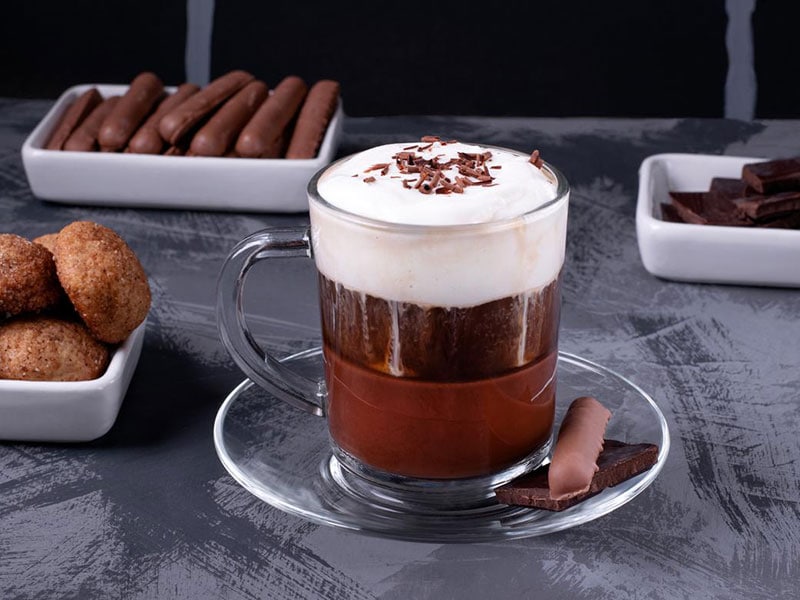
Bicerin, native to Turin, Italy, is a hot coffee and chocolate beverage that has been enjoyed since the 18th century. It’s a harmonious combination of milk, espresso, and drinking chocolate, carefully layered in a glass instead of being mixed together.
Bicerin has a sweet taste that will satisfy any chocolate and coffee lover. For an authentic experience, I recommend trying it at Caffè al Bicerin in Italy. Interestingly, the name “Bicerin” means ‘small glass’ in Piedmontese.
7. Negroni
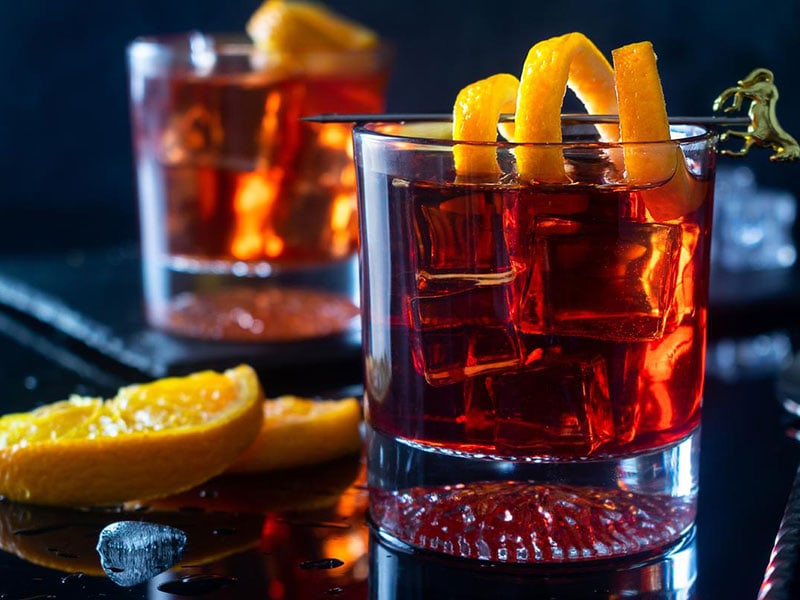
The Negroni, a quintessential Italian cocktail, gets its name from Count Camillo Negroni, who is credited with its invention in the early 20th century in Florence at Caffè Casoni.
This classic apéritif is made with equal parts gin, sweet vermouth, and Campari, resulting in a bitter yet balanced flavor profile with fruity and sweet notes.
Note that Negroni is not a weak drink, boasting a 24% alcohol by volume. The ingredients are traditionally combined over ice, stirred, and then strained. Served in an old-fashioned glass over ice, a Negroni is garnished with an orange peel for an extra touch of aromatic delight.
8. Prosecco
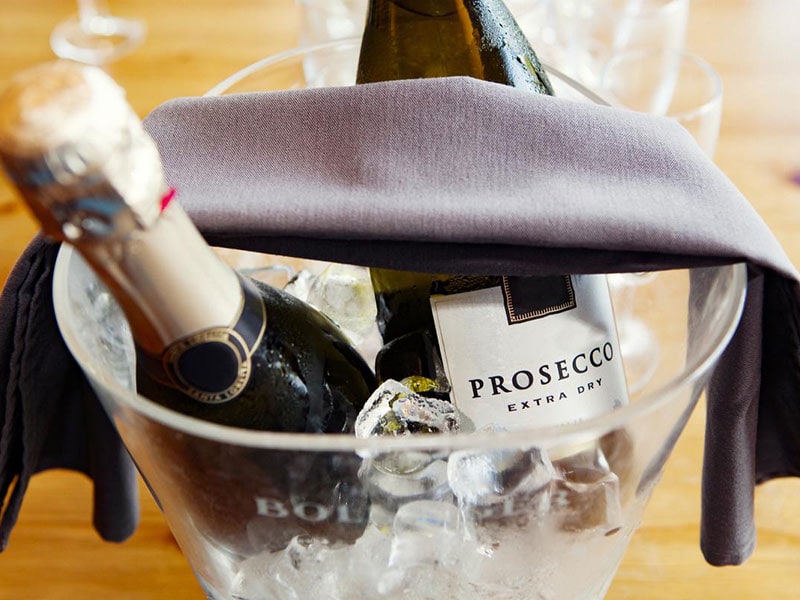
Prosecco, the sparkling white wine made from the Glera grape (Prosecco), is a beloved Italian wine known worldwide. Its name is derived from the village of Prosecco in Trieste, Italy, where it has a rich history.
Hailing from northern Italy, particularly the Veneto and Friuli regions, Prosecco showcases a delightful flavor profile of light-bodied, fresh, crisp, and aromatic characteristics. Commonly, alcohol comes in dry or off-dry nature and has abundant fruit notes like pear, apple, and peach.
When serving Prosecco, I recommend chilling it to perfection between 40 and 45℉. A half-filled ice bucket with ice and water does the trick splendidly. Pair this sparkling gem with an array of delectable dishes such as cheese, pasta, cured meat, and salads to enjoy a medium to high acidity.
9. Campari
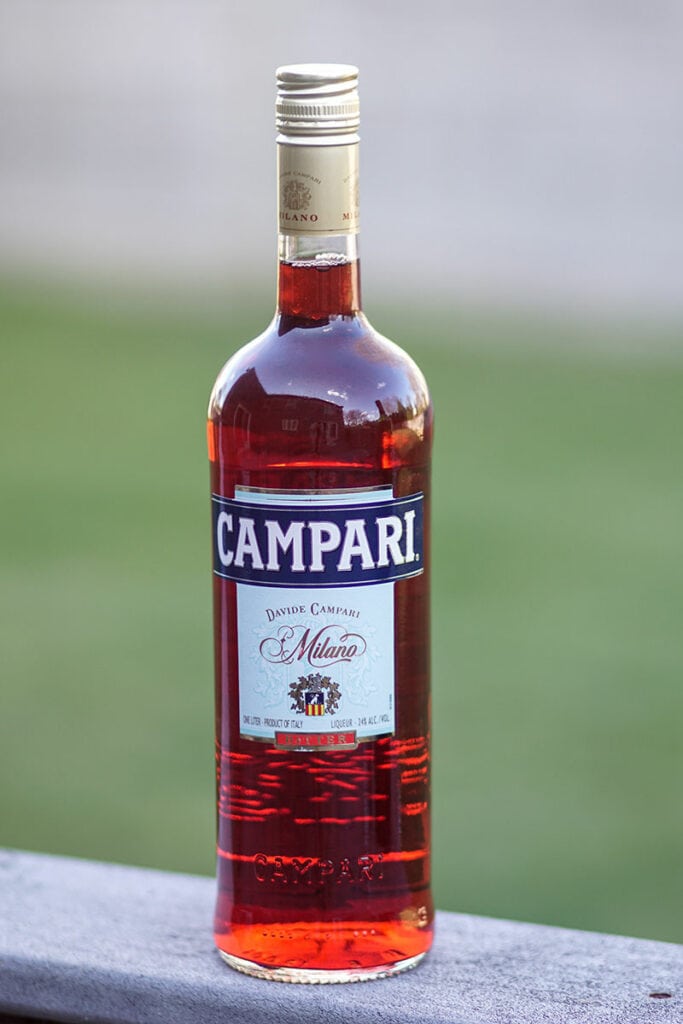
Campari, the Italian liqueur revered as an apéritif, is a type of bitter. Crafted from a blend of water, alcohol, and a tantalizing infusion of bitter herbs and fruit, this dark red color (carmine) is instantly recognizable.
Its flavor profile boasts remarkable bitterness, with hints of orange peel, cherry, clove, and cinnamon. While sipping Campari neat is rare, I find its true charm lies in mixology, with various cocktails, like Campari Spritz, Campari Sangria, or Negroni.
To balance the bitterness, a splash of orange juice works wonders, or simply combine Campari with soda in a ratio of 1 part Campari to 3 parts soda for a vibrant and invigorating libation.
10. Bellini
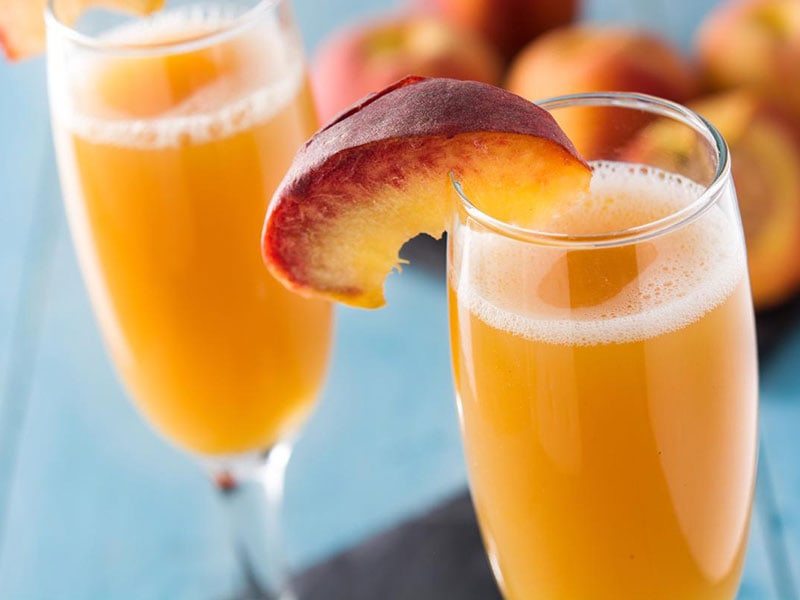
Bellini is a sparkling cocktail that I love. The talented Giuseppe Cipriani, the visionary behind the iconic Harry’s Bar in Venice, Italy, created it. The Bellini is loved for its simplicity and attractive pink hue, created using Prosecco and peach purée (or nectar).
To craft this enchanting elixir, simply pour peach purée into a chilled flute, then gently add Prosecco in a ratio of 1 part peach purée to 2 parts Prosecco. Give it a gentle stir to bring the flavors together.
The Bellini is best served straight up, without ice, allowing its delicate flavors to shine. Bellini stands apart from the classic mimosa as it uses peaches instead of oranges.
11. Amaretto
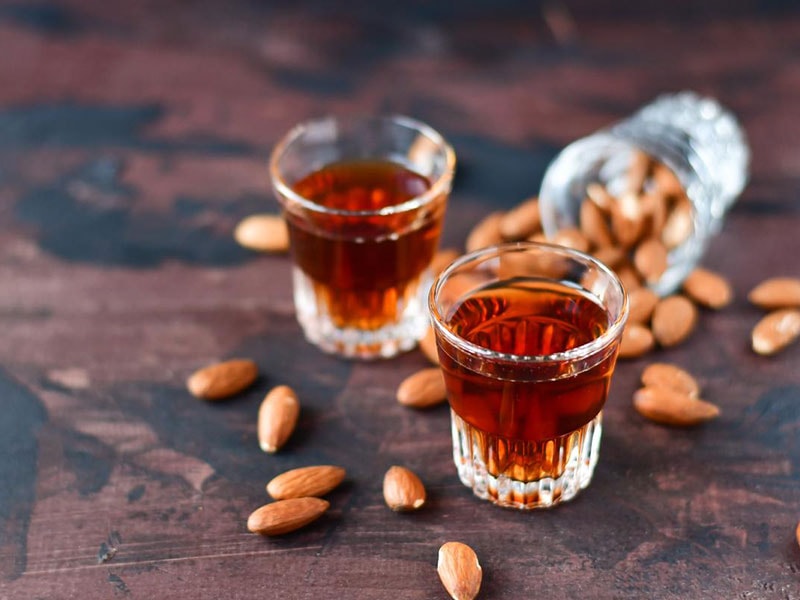
Amaretto is a delightfully sweet, distilled spirit that traces its origins back to the town of Saronno in Lombardy, Italy. Known for its almond-like flavor and sweetness, Amaretto is a blend of apricot pits, peach stones, and bitter almonds. However, the exact recipe may vary by brand.
With an ABV ranging from 21 to 28%, it can be enjoyed on its own over ice or used as a versatile ingredient in various cocktails and dessert drinks. Amaretto pairs beautifully with a wide range of spirits, such as vodka, whiskey, and rum, as well as with coffee, fruit juice, and more.
12. Aperol Spritz
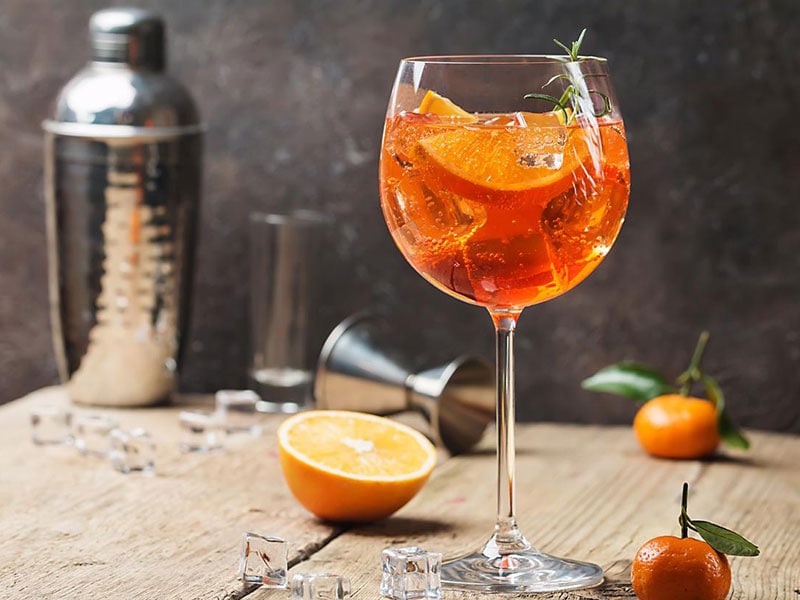
Regarding iconic Italian cocktails, the Aperol Spritz takes the spotlight. Originating from the charming city of Padua, it has gained a reputation as one of Italy’s most beloved drinks.
This bubbly cocktail combines Prosecco, Aperol (a vibrant orange bittersweet apéritif liqueur), and soda in a 3:2:1 ratio.
The result is a light and refreshing cocktail with a woody, herbal citrus taste with the bittersweet touch from the Aperol. Served in a wine glass over ice and garnished with an orange slice, it’s the perfect companion for a sunny afternoon or a festive gathering with friends.
13. Limoncello
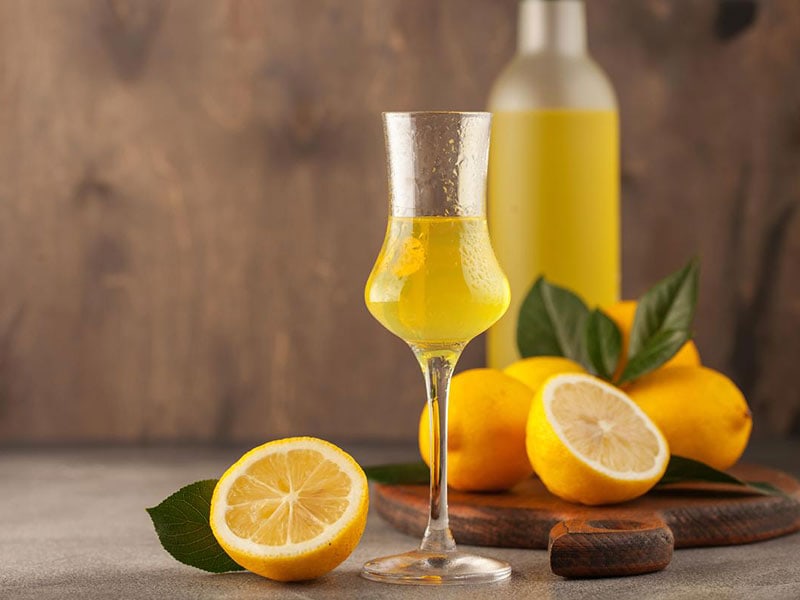
The vibrant flavor of Southern Italy is captured in a single bottle of Limoncello. This lemon-flavored liqueur is made from the zest of lemons found in the sun-kissed regions around the Gulf of Naples, the Amalfi Coast, and Sicily.
With its yellow hue, Limoncello is not only a treat for the eyes but also for the taste buds. It can be sipped on its own as an after-meal drink (digestif), best enjoyed when stored in the freezer, and served chilled in shot glasses.
Additionally, this versatile liqueur adds a zesty twist to cocktails and brings a burst of citrusy goodness to desserts like pound cake, tiramisu, and panna cotta.
14. Grappa
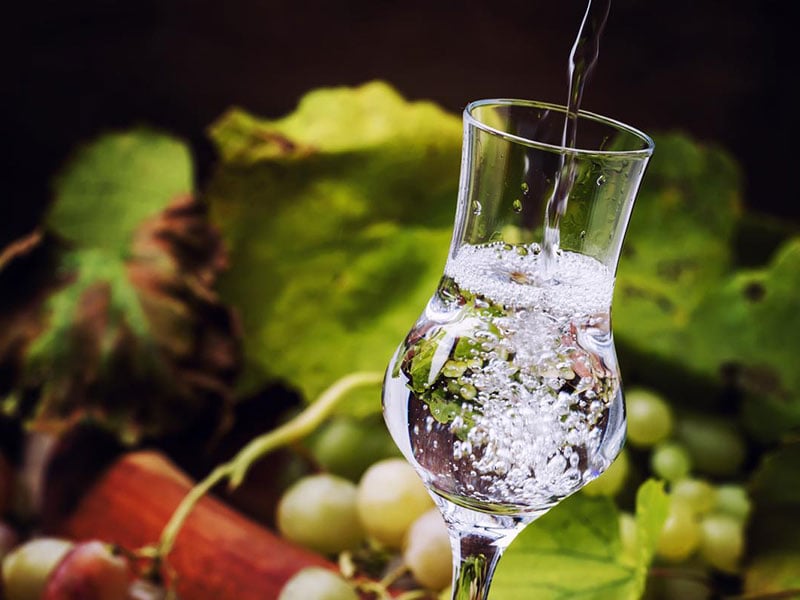
Grappa, an Italian brandy, is a true testament to the art of winemaking. Crafted by distilling the leftover pomace from grapes (including skins, seeds, pulps, and stems), it carries a strong flavor that is closer to tequila than grape juice.
The name “grappa” itself originates from the Latin word “grappapolis,” meaning “bunch of grapes.” Furthermore, Grappa is a protected beverage of the European Union.
With an alcohol content ranging from 35 to 60 percent, Grappa is enjoyed as a digestif, offering a robust and distinct taste experience. Its flavor profile varies depending on the grape varieties used, like the sweet dessert wine Platinum Grappa, made from the pomace of Recioto di Amarone grapes.
15. Vermouth
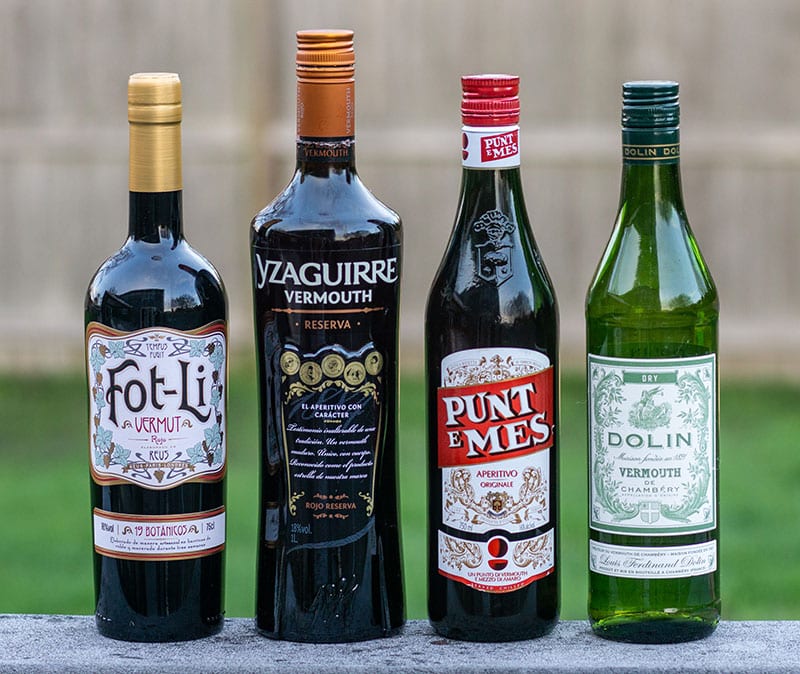
Vermouth is a fortified wine infused with various herbs and spices. Its flavor profile varies depending on orange or lemon peels, resulting in a combination of herbal, bitter, floral, and fruity notes.
There are two dominant styles to explore: the dry vermouth, originating in France with its pale yellow hue. Then, there’s the sweet vermouth, a red creation from Italy with a richer sweetness.
Enjoyed on its own as an aperitif, Vermouth also shines as a key ingredient in classic cocktails like the Martini, Negroni, and Manhattan. Personally, I love how vermouth’s character perfectly complements cured ham, seafood, and a variety of cheeses.
16. Nocino
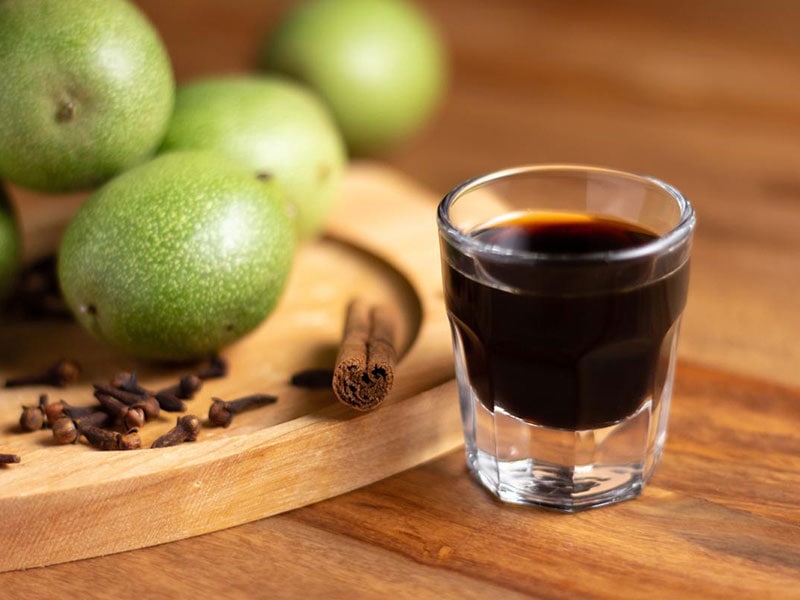
Nocino is a dark brown liqueur from the Emilia-Romagna region in northern Italy. This spirit is crafted by steeping unripe green walnuts in an alcoholic base and combining them with simple syrup.
With an average alcohol content of around 40%, this special spirit offers a spicy, bitter, and earthy flavor profile with a subtle touch of sweetness. The distinct bitterness is derived from the tannins present in the walnuts.
Nocino can be enjoyed as a cold digestif on its own after a satisfying meal. It also lends itself beautifully to cocktail creations like the Nocino Sour or Milk Punch. Pairing Nocino with aged Parmigiano Reggiano cheese, creamy ice cream, or a steaming cup of coffee creates a harmony of flavors.
Amaro
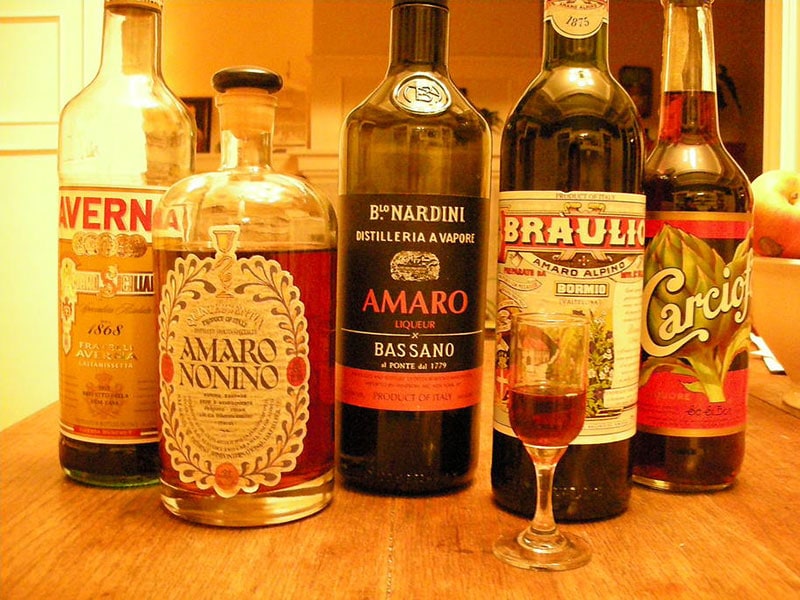
Amaro, a popular herbal liqueur, is a delightful choice for those seeking a satisfying digestif. Crafted by blending a variety of herbs, roots, bark, citrus peel, flowers, and spices with alcohol, Amaro is then aged in bottles or casks.
With alcohol content ranging from 16% to 40%, its flavor profile typically combines bitterness with a hint of sweetness. Of course, it can vary among different producers.
Amaro can be enjoyed neat, on the rocks, or mixed with tonic water. Well-known brands like Ramazzotti, Lucano, Montenegro, and Averna offer their own distinctive versions.
United Kingdom
18. Brown Ale
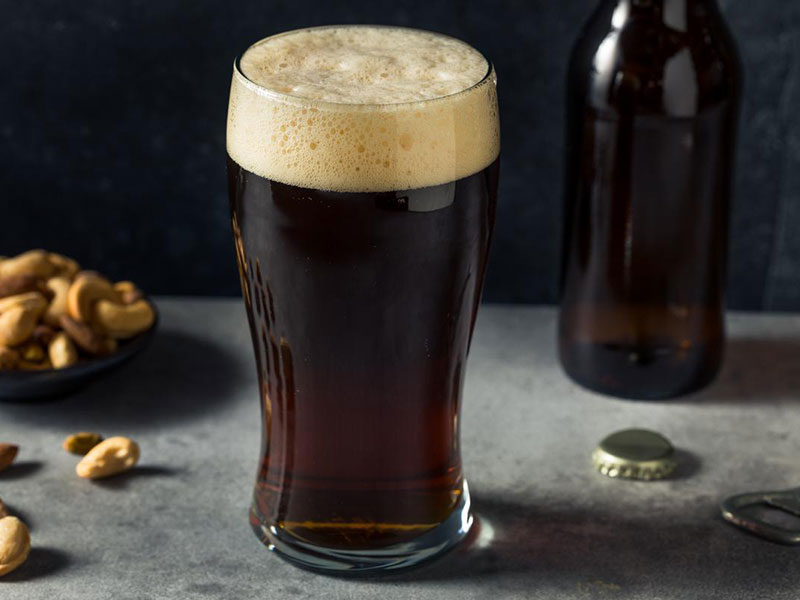
Brown ale is a famous English drink crafted from English pale malt or brown malt. It is a great choice for beer lovers. Brown ale comes in various regional variations with distinct ingredients, but England and Belgium take the lead as the largest producers in Europe.
With a medium-to-low body, English-style brown ales offer two main variations. The northeastern England brown ale boasts a strong and malty character, while the southern England versions are darker, sweeter, and lower in alcohol.
Some notable examples include Newcastle brown ale, Manns Original brown ale, and Samuel Smith’s Nut brown ale. Enjoyed chilled, a glass of brown ale is a treat for any event. This beer style showcases a captivating range of colors, from dark amber to rich brown.
19. Stout
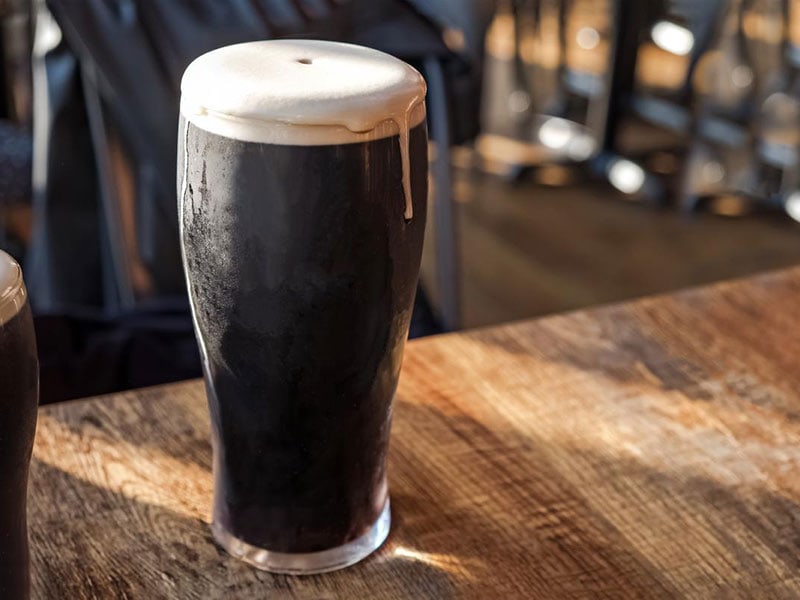
Stout, a dark and top-fermented beer with various options, like oatmeal stout, dry stout, milk stout, oyster stout, and imperial stout. This rich brew is made from roasted grains like barley or malts, resulting in its characteristic dark color and roasted flavors.
Stouts are often stronger than mild ales, boasting an alcohol content of around 7-8% ABV. To fully appreciate their complex flavors, stouts are best served at cellar temperature 55℉. Depending on the specific variety, stouts can be enjoyed in different types of glassware.
For instance, Imperial stout is typically served in a snifter, while Irish stout usually comes in a tulip or handled glass. Among the best-selling stouts worldwide are the iconic Irish stouts produced by Guinness.
The United Kingdom, in particular, holds a special place as the biggest Guinness-drinking country [1]. In addition to their delicious taste, stouts provide nutritional benefits, containing antioxidants, B vitamins, fibers, and prebiotics [2].
20. Pale Ale
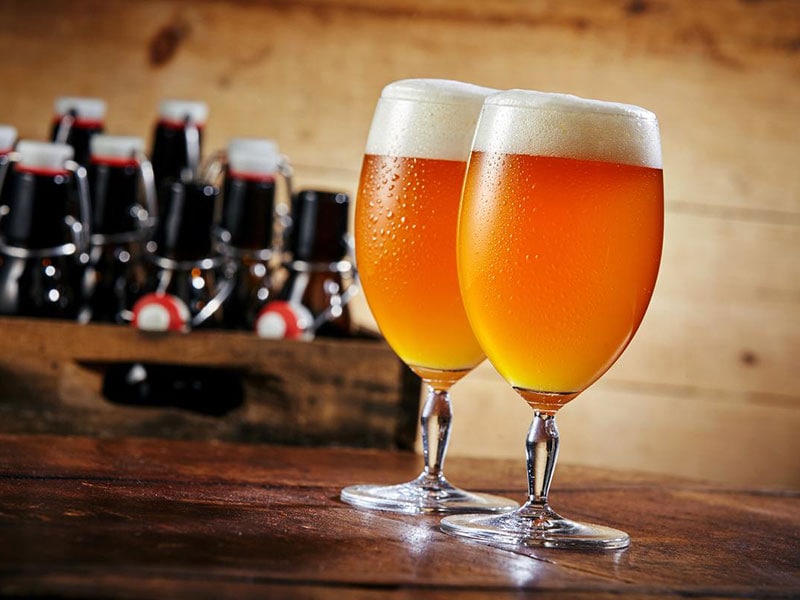
Pale ale’s golden to amber color offers a lighter and more refreshing alternative to other beer styles. Originating in England, it was initially crafted using malts dried with high-carbon coke, but nowadays, it’s brewed with a combination of hops and malt.
Its flavorful profile sets pale ale apart, characterized by a balanced hop bitterness that doesn’t overpower the palate. American pale ales and English pale ales have distinct differences in hop selection.
American varieties exhibit piney and bright citrus notes, while English versions boast more floral characteristics.
21. Hot Mulled Cider
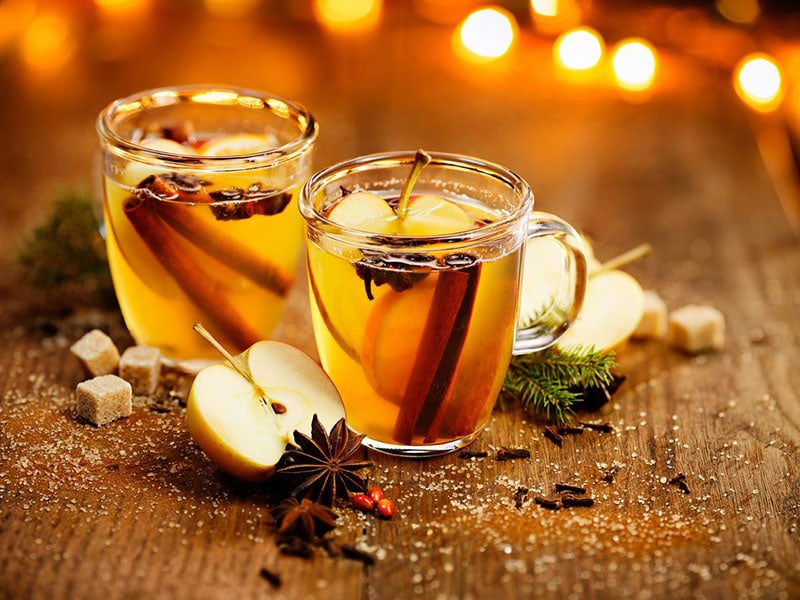
Hot mulled cider is an ideal winter beverage that brings warmth and cheer to chilly evenings. Its roots can be traced back to the ancient pagan tradition of Wassailing, where people would gather to ensure a bountiful harvest.
To make this comforting drink, simply simmer apple cider with sugar, oranges, and fragrant spices like cinnamon, cloves, allspice, and star anise. Then, you want to strain the concoction to remove the spices and orange bits.
Strain out the spices and orange, and add a splash of brandy, rum, or bourbon for a boozy twist, if desired. Served steaming hot, hot mulled cider is perfect for winter gatherings. Moreover, September 30th is officially recognized as Hot Mulled Cider Day.
22. Scotch Whisky
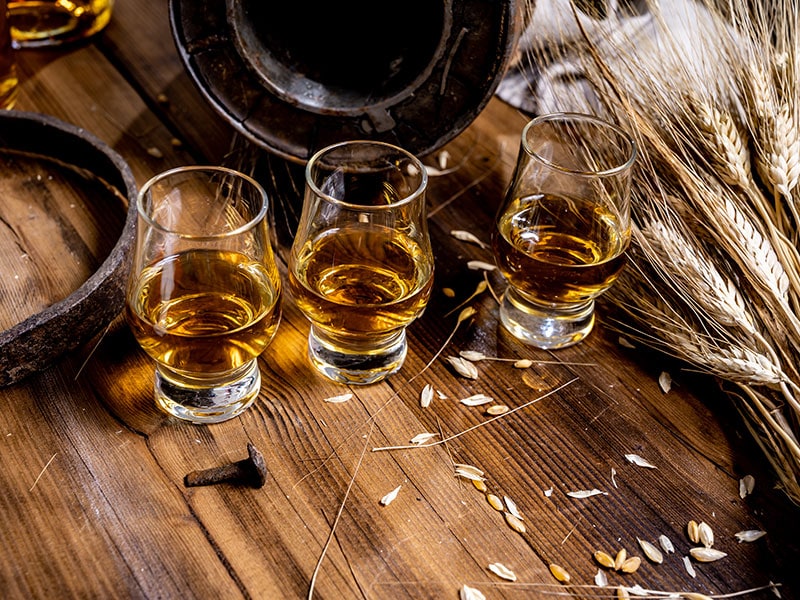
Scotch whisky, also known as Scotch or whisky, is a beloved spirit crafted in Scotland. It is primarily made from malted barley, although some commercial variations are produced using wheat and rye.
With a higher alcohol content of 40% ABV and a distinct malty and smoky flavor, Scotch whisky offers a unique tasting experience. The aging process in casks allows them to develop rich and complex flavors, sometimes even featuring fruity notes.
Scotch whisky is highly regarded worldwide, with Scotland being home to 143 distilleries that produce this renowned spirit. Whether enjoyed neat, at room temperature, on the rocks, with a splash of water, or as an ingredient in cocktails, Scotch whisky offers diverse experiences.
Moreover, its extensive aging time of at least three years often comes with a higher price tag.
23. Pimm’s Cup
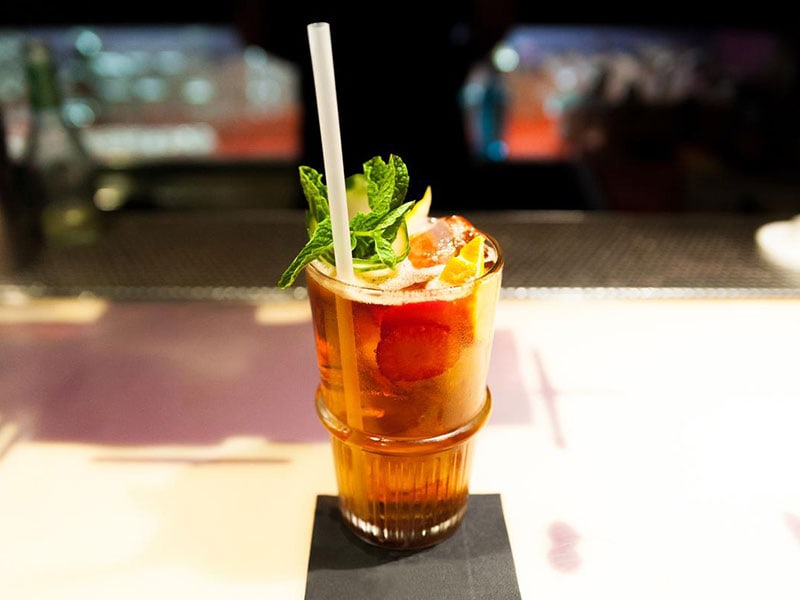
Pimm’s Cup is a popular cocktail in England. It starts with Pimm’s No. 1 liqueur, a gin-based spirit mixed with citrus juice such as lemonade or lemon juice. To add flavor, garnish it with fresh fruits like lemon slices, cucumber, and strawberries.
You can even elevate it to a Pimm’s Royal Cup by substituting champagne or white wine. Served over ice in a tall highball glass, the Pimm’s Cup is a slow-sipping drink embodying summer’s essence.
24. Buckfast Tonic Wine
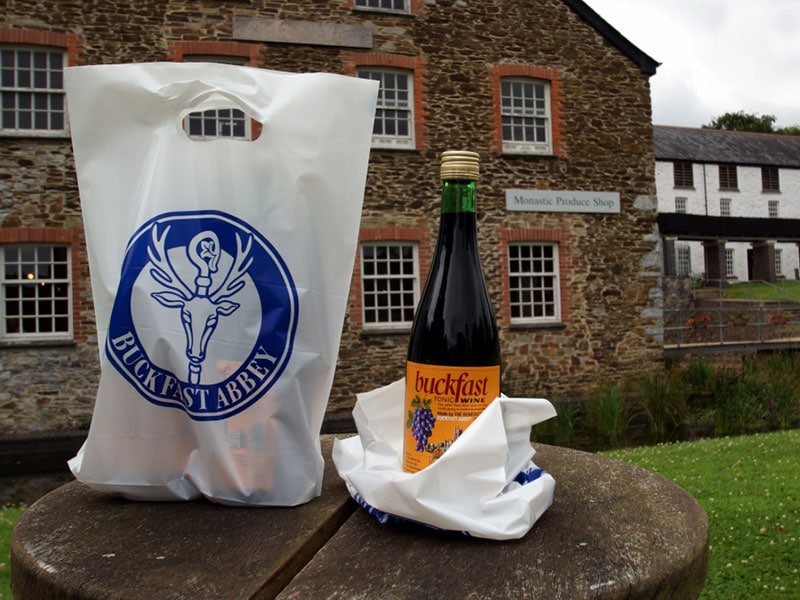
Buckfast tonic wine is a caffeinated fortified wine with an interesting backstory. Originally crafted by monks at Buckfast Abbey in Devon in the 1880s, this fortified wine packs a punch. It combines the flavors of fortified wine with the energizing kick of caffeine.
With an ABV of 15%, the beverage also boasts a deep caramel color and a reddish hue. Usually, the taste is sweeter, with fruity notes that some say resemble fruit bubblegum or cough medicine.
Buckfast tonic wine is closely associated with a group called “neds,” a group of young Scottishs known for their hooligan and criminal acts. Whether enjoyed straight or over ice, this tonic wine is a distinctive drink that will leave a lasting impression.
24. Ginger Beer
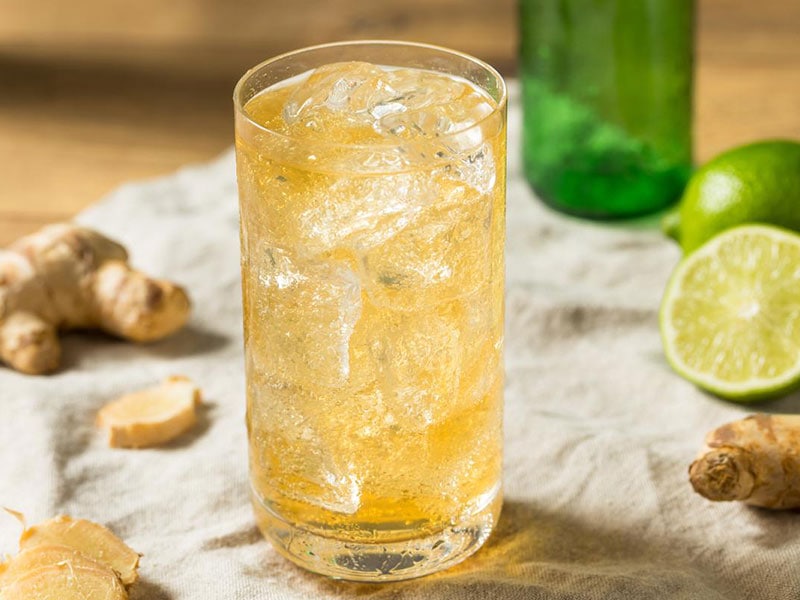
Despite the name, ginger beer is a non-alcoholic beverage of Yorkshire, England, dating back to the mid-18th century. Today, it’s available in many countries, from Australia to the USA and Canada.
Prepared by fermenting ginger spice, sugar, and yeast, this beverage is usually manufactured, not brewed, resulting in a distinctive flavor profile. With a soothing blend of mild sweetness, spicy ginger, and a citrusy note, ginger beer is easy to consume.
I often enjoy the refreshment by itself or mix it into cocktails like the Moscow Mule. The bonus is that ginger ale is healthier than many carbonated drinks, containing anti-inflammatory and antioxidant compounds, plus it helps soothe the stomach and aid digestion.
France
25. Cointreau
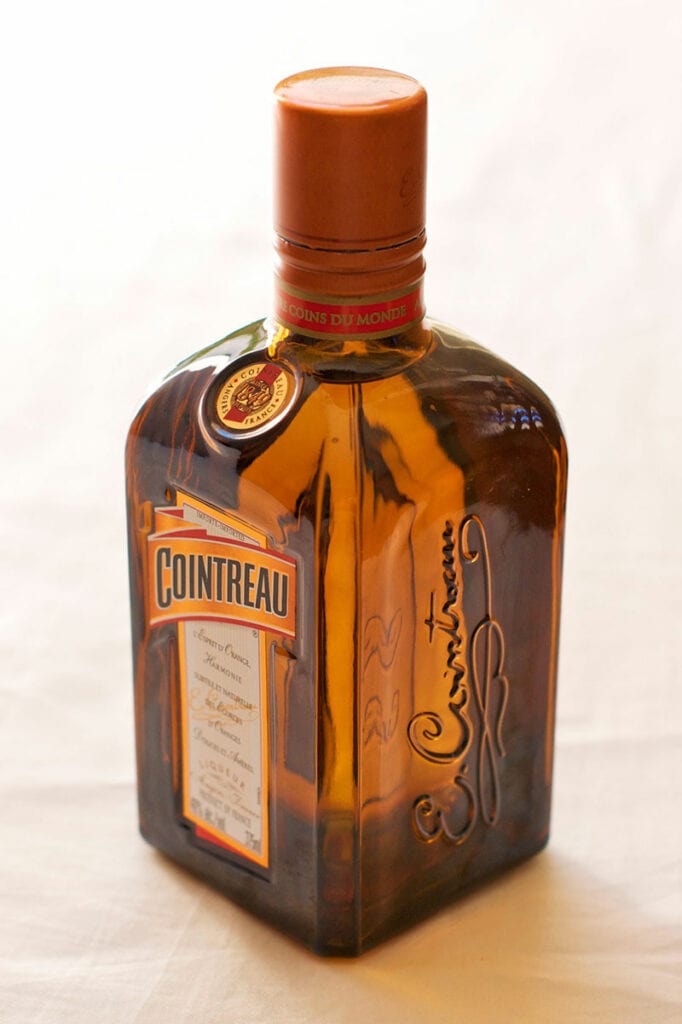
Cointreau, a notable brand of triple sec, traces its roots back to 1875. Originally known as Curaçao Blanco Triple Sec, this orange-flavored liqueur is crafted in Saint-Barthélemy-d’Anjou. Don’t be fooled by its colorless appearance, as this liqueur packs a punch of 40% ABV.
The clean, crisp orange flavor, quickly followed by a smooth, somewhat bitter aftertaste is amazing. Cointreau works great when sipped straight as an apéritif or digestif but is better when mixed into classic cocktails like the margarita, Cosmopolitan, or Sidecar.
26. Beaujolais
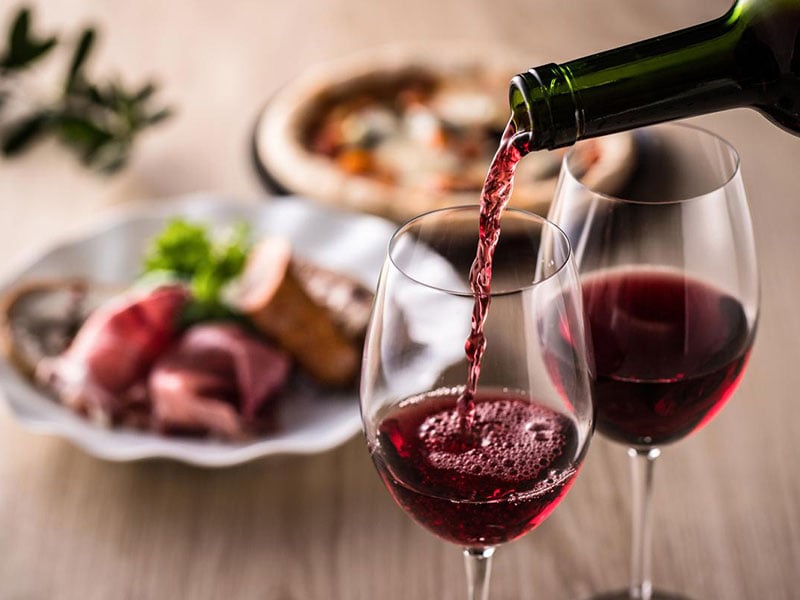
Beaujolais, a dry, light-bodied red wine, hails from its namesake region in Eastern France, renowned for red wine production. The secret behind its character is Gamay grapes, known for their low tannin content.
Commonly, this charming spirit offers a dry profile with a heavy emphasis on the fruity note. Unlike Pinot Noir, despite both being light-bodied reds, Beaujolais brings its charm with red berry flavors and high acidity. Also, the grape variety sets these two wines apart.
I often chill Beaujolais to about 55°F and pair it with roasted or grilled meat, fish, and other French dishes for the ultimate combo.
27. Chartreuse
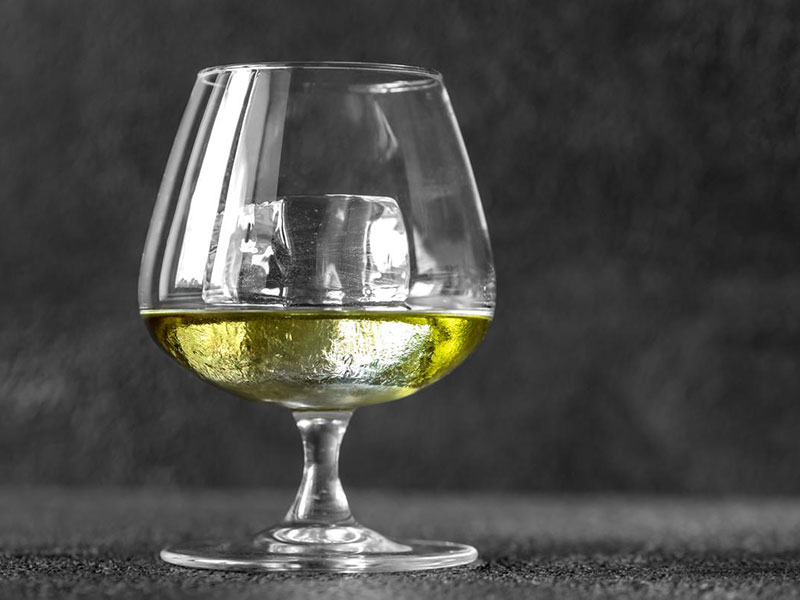
Chartreuse, a French herbal liqueur, traces its roots back to 1737 of Carthusian monks. Available in two varieties, yellow and green, each Chartreuse variant presents a unique palette.
Commonly, the yellow variant, with 40% ABV, comes with sweet tones of honey, anise, and saffron, whereas the green one, with 55% ABV, carries refreshing notes of herbs, citrus, and mint.
Whether you decide to savor it straight, chilled, or over ice or utilize it as a cocktail mix, this versatile liqueur never fails to surprise.
28. Armagnac
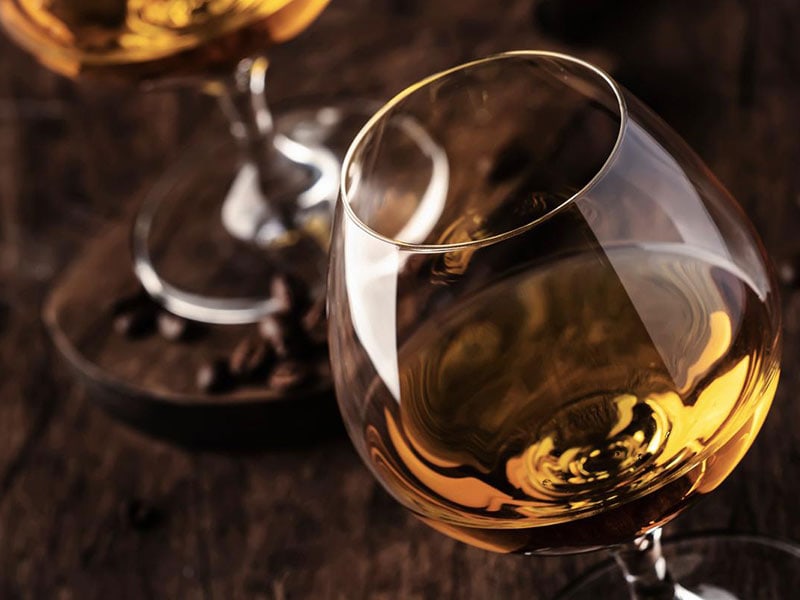
Armagnac stands as the oldest brandy hailing from its namesake region in southwest France. It requires a single distillation process and the use of various grape varieties, including Ugni Blanc, Colombard, Baco 22A, and Folle Blanche.
Unlike Cognac, which exclusively uses Ugni Blanc, the blend in Armagnac imparts a richer character. With an ABV of 52% and 60%, people let Armagnac mature in oak barrels, creating notes of chocolate, caramel, and dried fruits.
As a digestif, Armagnac punctuates your meal with deeply satisfying flavors.
29. Burgundy
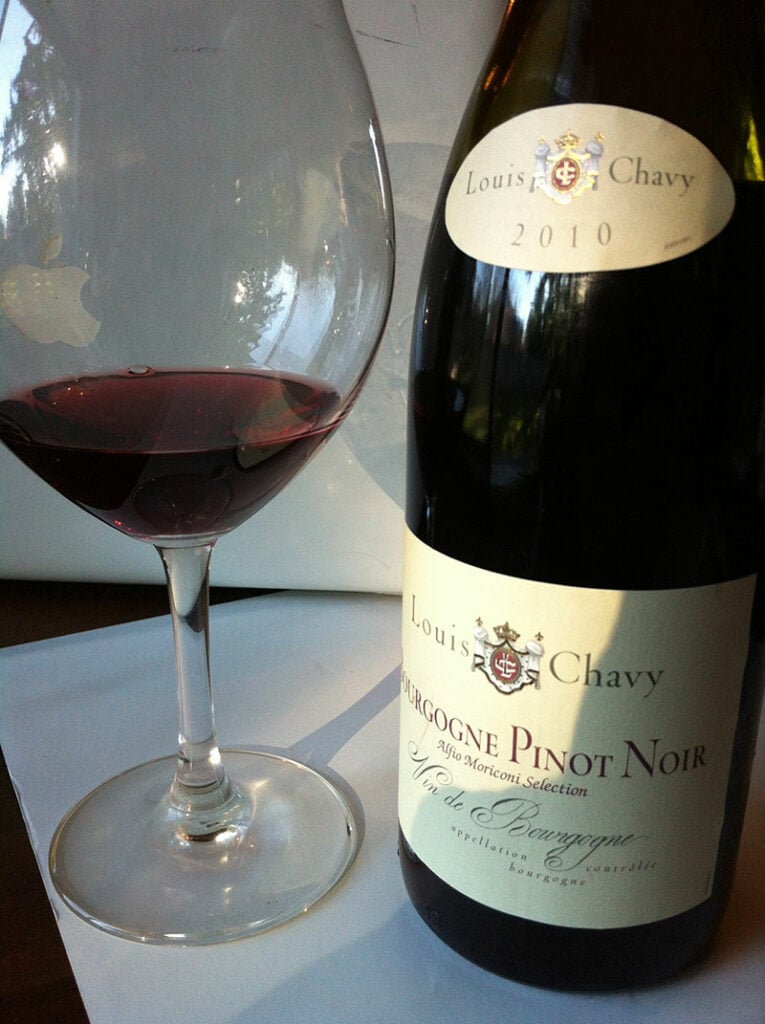
Burgundy, a wine with its roots in eastern France, carries a deep reddish-brown hue so distinct that its name also describes its color. I love the alcohol’s full-bodied and generally dry flavor, reminiscent of cranberries, cherries, and black currant.
Also, the high acidity and low tannin levels complement these fruit notes beautifully. Pinot Noir, a popular Burgundy variant, is one of my favorites. I’ve used Burgundy in cooking, too, to infuse meaty dishes and sauces with extra depth.
During gatherings, you can serve Burgundy, slightly cool and neat. FYI, in a regional cocktail known as Kir, which uses Burgundy white wine.
30. Bordeaux
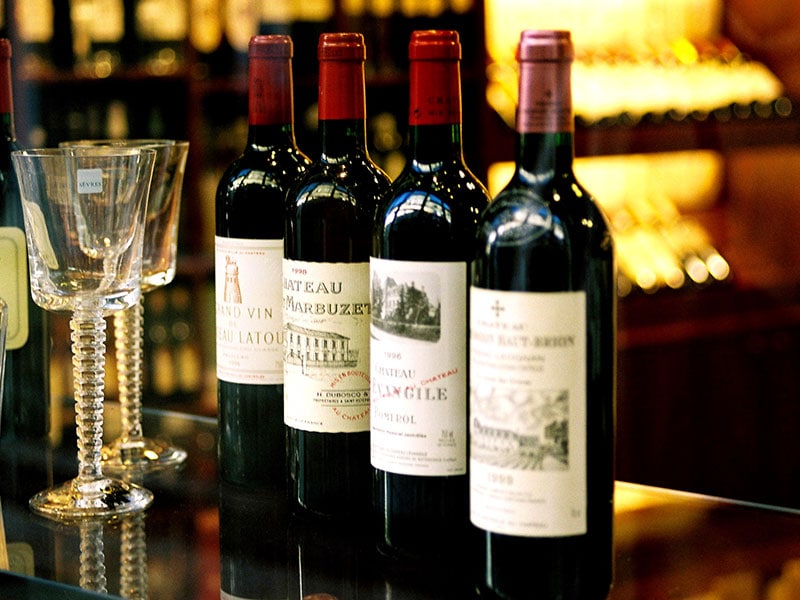
Bordeaux is synonymous with wine from the region of the same name in France. The wine has many varieties, with red dominating the mix, but white wines are also in play.
The dry, medium to full-bodied character makes Bordeaux my favorite, crafted from a blend of grapes like Merlot, Malbec, Petit Verdot, and Cabernet Sauvignon. Their separate fermentation, followed by barrel aging, creates a distinctive fruit and floral aroma.
I usually enjoy it with roasted meat, cheese, and meals with a creamy sauce. Plus, you can go for top picks like Château Margaux, Château Ausone, and Château Mouton Rothschild.
31. Syrah
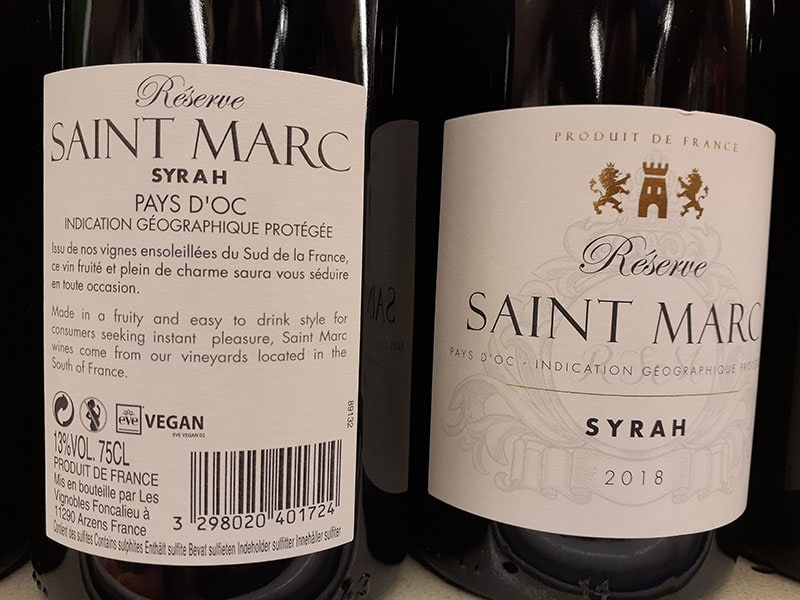
Syrah, from France’s Rhône Valley, is a full-bodied red wine. Its distinct allure comes from dark-skinned Syrah grapes, resulting in an ABV of 13–14.5%. Ideally, the perfect temperature should be 60-65°F to relish its intricate flavors.
One of my favorites is its berry, blackberry, and savory profile flavor, all wrapped up with a spicy aftertaste. I also find it a delightful companion to various dishes, from grilled meat and cheese to vegetables or stew items.
32. Café au Lait
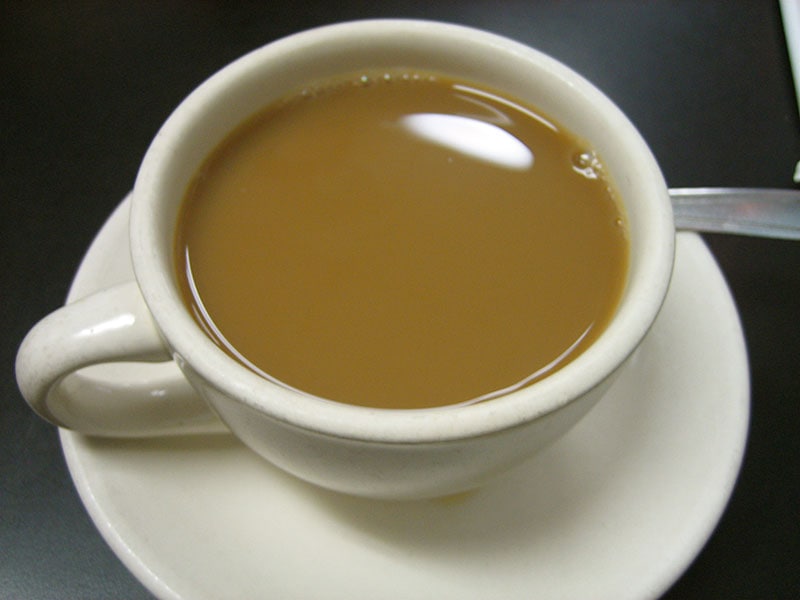
Café au Lait, which quite literally means “coffee with milk” in French, has an origin dating back to the 17th century. Its popularity spans not only France but also across the entirety of Europe. It’s an endearing blend of equal parts strong, dark coffee and steamed milk.
Unlike the Italian latte, which uses an espresso base, Café au Lait keeps it rich and robust with strong coffee. Additionally, this concoction is not to be confused with white coffee, a brew coupled with cold milk or whiteners.
In Spain, they serve a similar version known as Café con Leche. And if you ever find yourself at Starbucks, just ask for “Caffe Misto” to get a similar taste of this French classic.
33. Mimosa
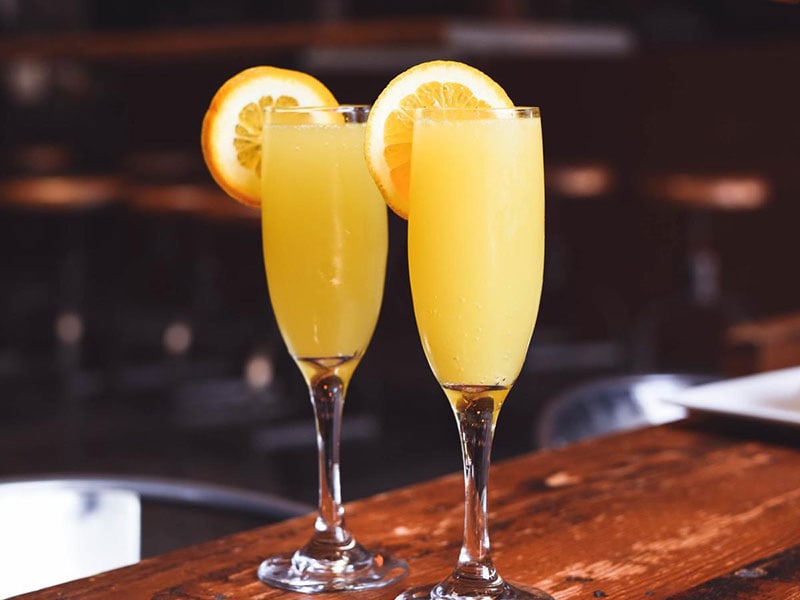
Mimosa is a classic cocktail for breakfasts and brunches. Its fame stretches beyond France to the United States. It was first served in 1925 at the Ritz Hotel in Paris.
Nowadays, Mimosas appear at various events, from weddings to business meetings. With key ingredients being orange juice and champagne, or sometimes Prosecco, simply mix in equal parts. In addition, its ABV is about 12%.
Mimosa is also a Buck’s Fizz cocktail variant. The ideal way to serve this cocktail is in the tall champagne flutes.
34. Cognac
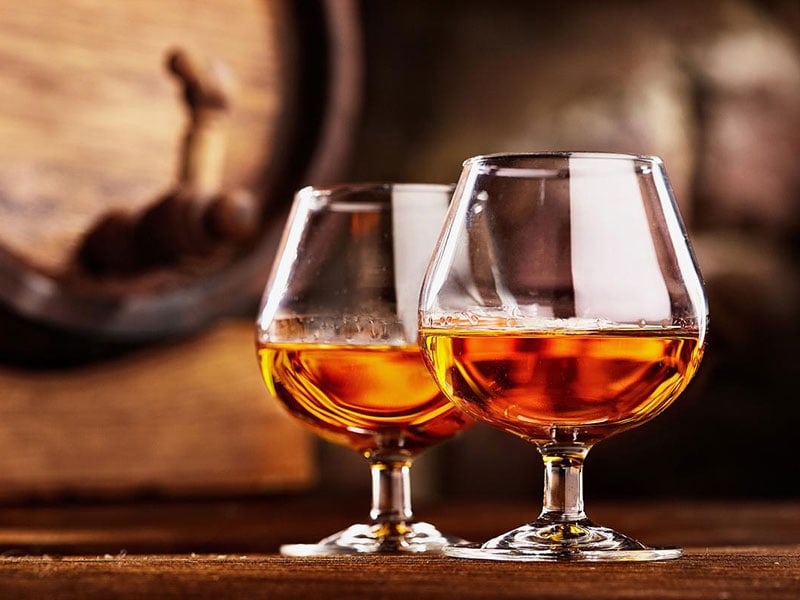
Cognac has always fascinated me; it’s a type of brandy with its roots in the Cognac region of southwestern France. It’s a product of distilled white wine, known for being dry, thin, and acidic.
There’s an intriguing art to its production, with the distillation process occurring in copper pot stills while aging is done in French oak casks. Among the brands, Hennessy, Courvoisier, Remy Martin, and Martell stand out.
Each sip often brings a range of flavors, from sweet and fruity to bitter and spicy. And if cognac is off the menu, Brandy or Armagnac serve as decent substitutes.
35. Champagne

True champagne, a sparkling wine brimming with carbon dioxide, only hails from the Champagne region in France. This delightfully fizzy libation utilizes many grape blends like Pinot Noir, Chardonnay, and Pinot Meunier.
From the driest Brut to the sweetest Doux, the diversity is captivating. And with an ABV of around 12.2%, champagne delivers a light burst of alcohol! Using its high acidity, I’ve even played around with it in the kitchen using the wine as a marinade.
To capture its true essence, it should be served chilled, between 46°F and 50°F. And remember, not all that sparkles is Champagne!
36. Kir Royale
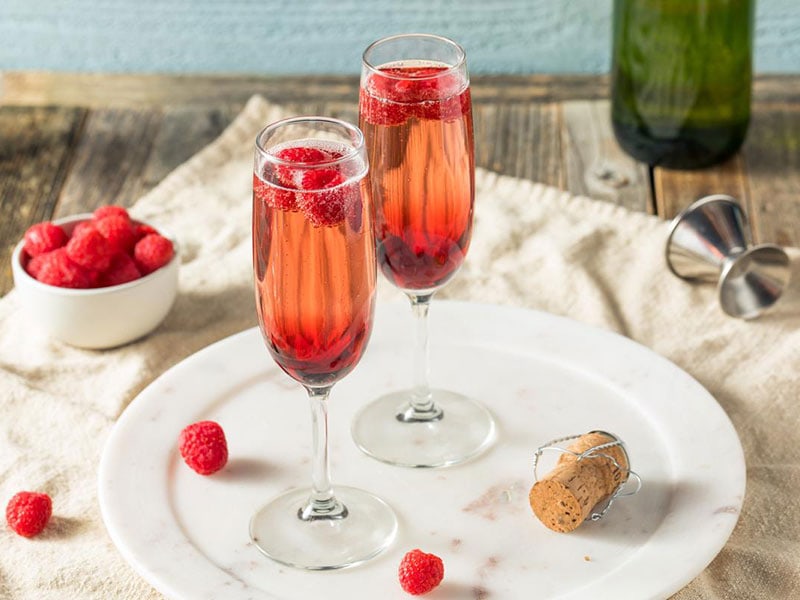
Kir Royale, a French cocktail, is a fancier cousin of the Kir. As a variation, it uses crème de cassis, a sweet, dark red liqueur made from blackcurrants, topped with champagne instead of white wine.
The flavor is an exciting fusion of sweet and tart with a playful acidic note. As a celebratory drink, the fancy cocktail has a higher price tag. I love adding a blackberry garnish to Kir Royale, but any berry will do. Typically, Kir Royale comes in a champagne flute for a perfect aperitif.
37. Boulevardier
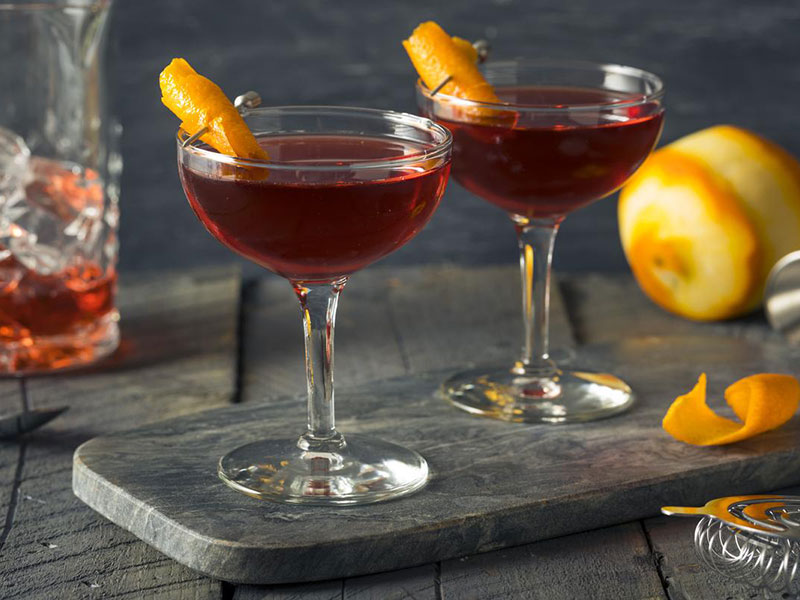
Boulevardier, created in Paris in the 1920s, is a cocktail that gets your taste buds tingling with its bittersweet, spicy, and warming flavor. Normally, Boulevardier uses whiskey, sweet vermouth, and Campari in equal parts.
It uses whiskey instead of gin as a creative twist on the Italian Negroni. Some even dub Boulevardier as the “bittersweet Manhattan,” thanks to the switch-up from sweet vermouth to Campari. Ideally, you should serve Boulevardier in chilled cocktail glasses.
In Spain
38. Horchata de Chufa
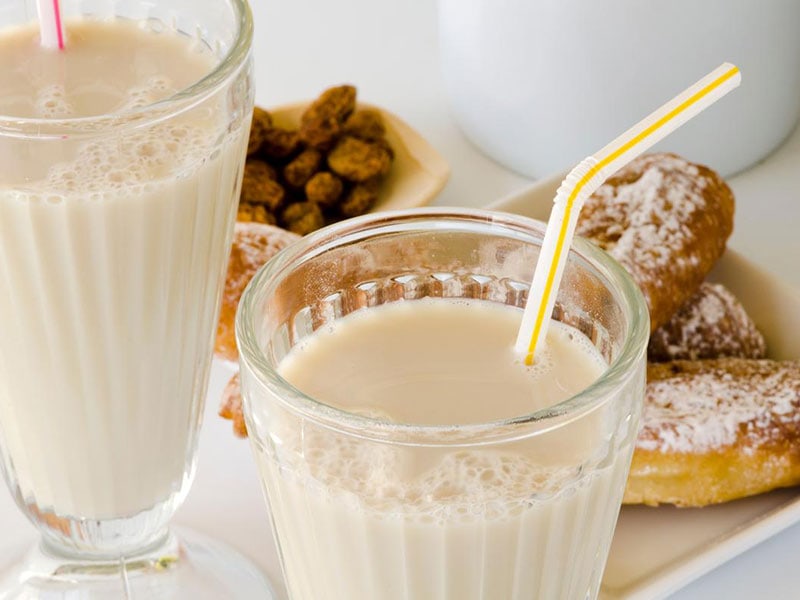
Originating from the southwestern region of Valencia, Horchata de Chufa is among the beloved drinks of Spanish in the summer. This refreshing non-alcoholic drink is made of ground tiger nuts (aka chufa nuts).
Despite their name, these aren’t nuts but roots of the nutsedge plant. Commonly, Horchata de Chufa is a gluten and dairy-free beverage with a starchy touch akin to almonds or hazelnuts.
Interestingly, this drink is actually the original form of Horchata, a name you might recognize from the popular Mexican version.
39. Sherry
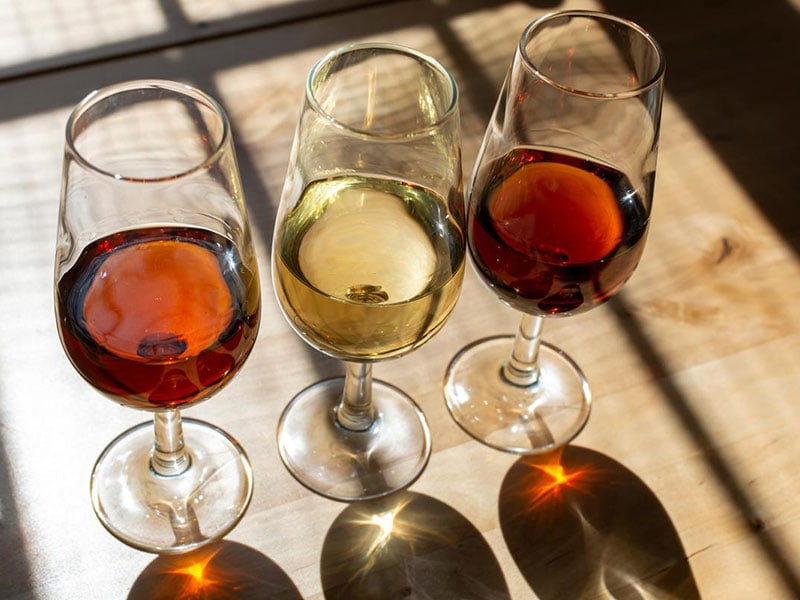
Sherry, a fortified wine originating from white grapes, carries an intriguing complexity. With additional steps in the winemaking process, Sherry comes in diverse types, spanning from dry to sweet, with an ABV of 15%-22%.
Many types of this alcohol you can find include the delicate Fino, the rich Oloroso, the light Manzanilla, or the balanced Amontillado. Each variant carried a distinct, nutty, saline note tinged with sweetness.
This versatile wine is great for desserts and brightens my soups and stews. One practical tip I’ve picked up: Sherry is excellent for deglazing pans.
40. Cava
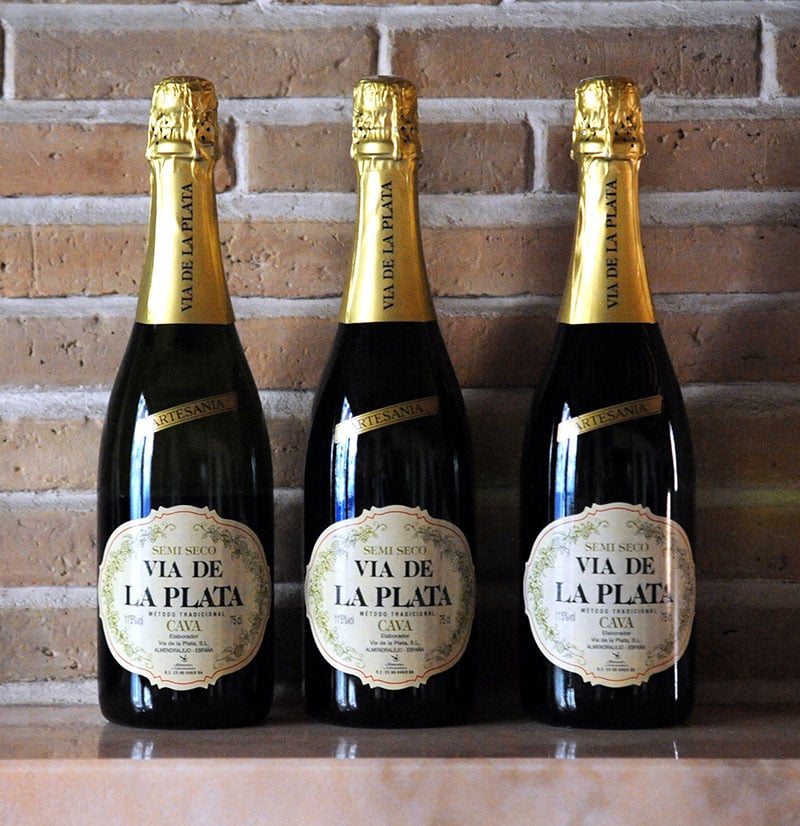
Cava is a Spanish sparkling wine proudly bearing the Denominación de Origen (DO) status. Catalonia is its main birthplace, although regions like the Basque Country, Aragon, and Extremadura also contribute.
Usually, Cava requires a blend of grapes, including Garnacha, Monastrell, Trepat, and Pinot Noir. To add to that, the alcohol needs production using the Saignes method.
You can opt for blanco (white) or rosado (rosé), both having a dry, light to medium-bodied character with a touch of citrus and orchard fruit notes. For recommended names, well-regarded producers such as Codorníu and Freixenet ensure Cava’s high-quality stature.
41. Tempranillo
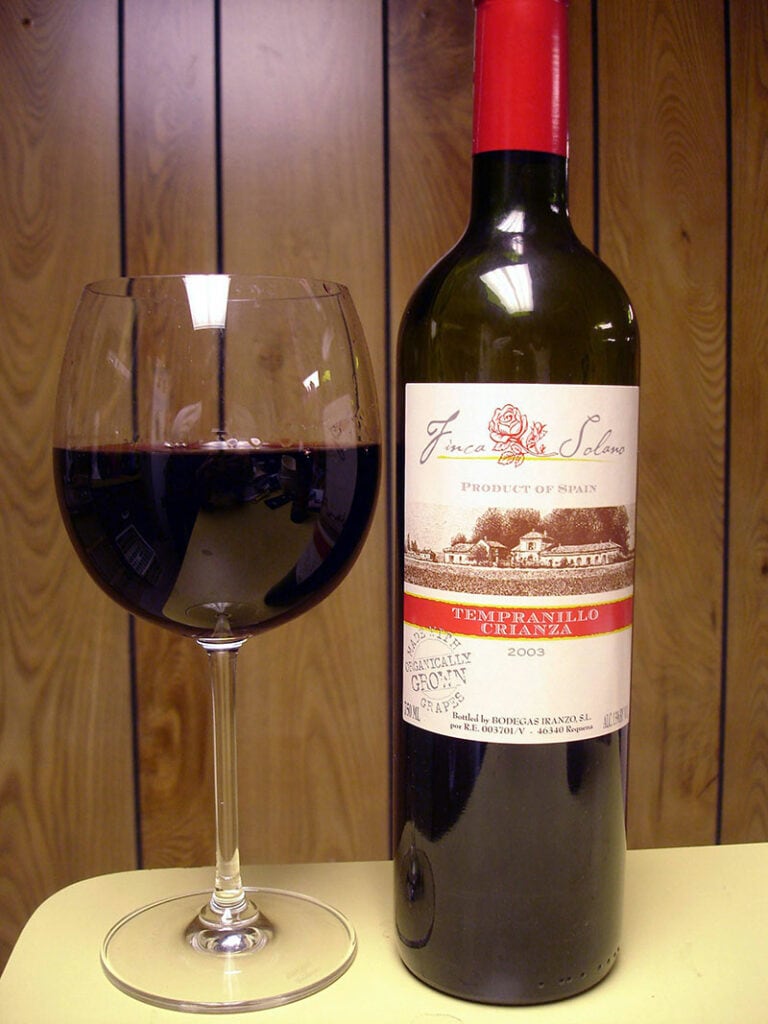
Tempranillo, a full-bodied red wine, derives its name from the black grapes harvested early in Spain and Portugal. Tempranillo has a unique flavor, notably dry with pronounced tannins and high acidity.
Ribera Del Duero, one of the top-producing regions, contributes significantly to its character. A sip of Tempranillo instantly hits with a delicious cherry and dried fig profile, followed by savory tobacco undertones and a woody finish.
Tempranillo is an ideal companion to Spanish tapas, chorizo, tomato-based dishes, and hearty meals like steak or grilled salmon. Remember to serve the spirit slightly chilled, ideally between 55-60°F.
42. Rioja
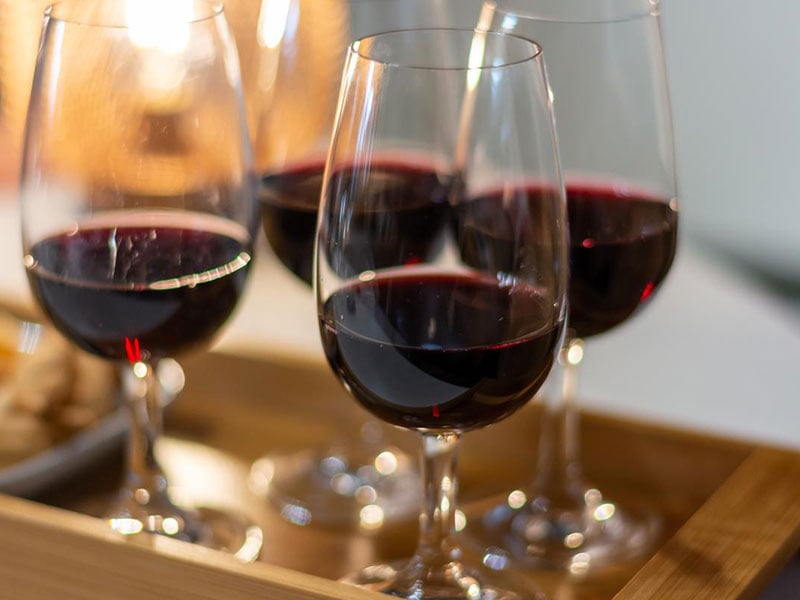
Nestled in northern Spain, Rioja stands out as a famous wine and wine-producing region. It’s crafted from grape varieties, including Tempranillo, Graciano, red Mazuelo, Viura, Garnacha blanca, and white Malvasía.
The secret to Rioja’s character lies in its long aging process, resulting in a wine high in tannins, oakiness, and acidity. Upon tasting Rioja, you can savor a medium sweetness, shadowed by hints of dark berries, tobacco, and herbs.
Seafood like grilled fish or battered shrimp, and meats such as pork or lamb, pair beautifully with this Spanish gem.
43. Cortado
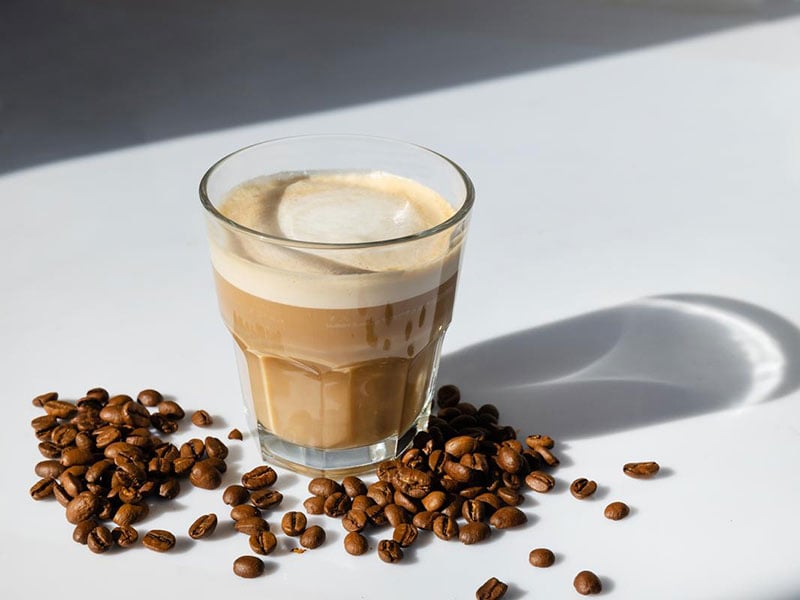
A staple in many Madrid coffee shops, the Cortado has its roots in Spanish culture. The name, meaning “cut,” reflects how steamed milk softens or ‘cuts’ the robust espresso.
With a ratio of espresso to milk, usually 1:1 or 1:2, the Cortado creates a balance different from the Italian cappuccino or the Australian flat white, which have three ingredients of espresso, steamed milk, and foamed milk.
Also, there’s no frothiness here, like in its Italian cousin, and Cortado doesn’t go heavy on the milk, as does the Australian flat white.
Ireland
44. Irish Whiskey
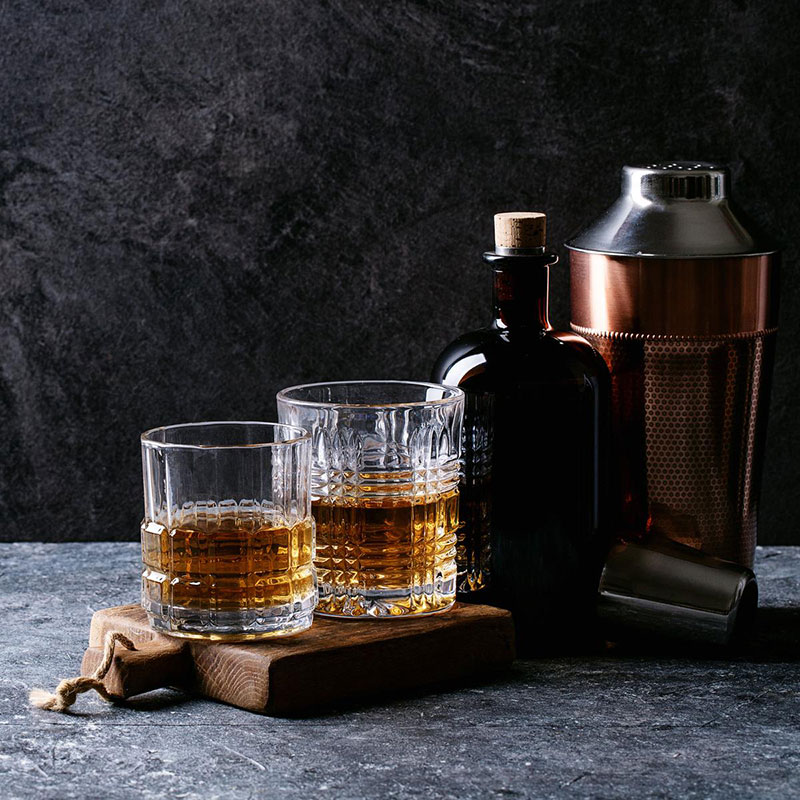
Rooted in Ireland, Irish whiskey is a triple-distilled creation from malted and unmalted barley that’s undeniably unique.
This whiskey, often hitting 40% ABV can sometimes mirror Scotch Whisky in flavor. Unlike American whiskey, it has a corn, rye, or wheat base, so its flavors lean towards light, fruity, vanilla, and caramel notes.
The smoothness was remarkable when I tasted Redbreast, a popular brand alongside Spot Whiskey, Jameson, Connemara, and Knappogue Castle.
45. Baileys
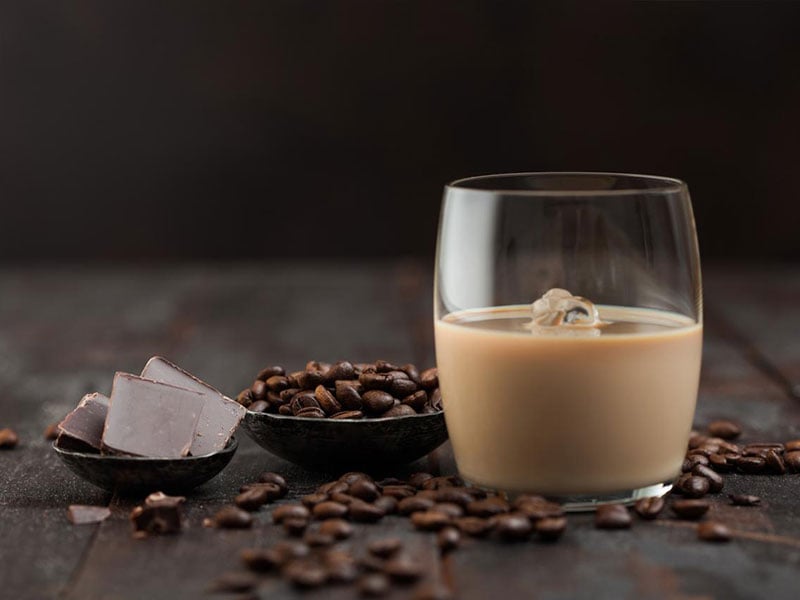
Baileys is like a little piece of Ireland in a glass, being a creamy Irish liqueur imbued with cocoa, Irish whiskey, and cream. Despite a modest 17% ABV, it is a symphony of milky sweetness, chocolate, and vanilla undertones, topped with a fruity whiskey note.
I often savor Barley straight, poured over ice, or as a fabulous addition to coffee, cocktails, shakes, or even ice cream. Now, it carries a hefty calorie count and a fair amount of saturated fat from all that creamy goodness, but for those special moments, Baileys is my go-to.
46. Irish Coffee
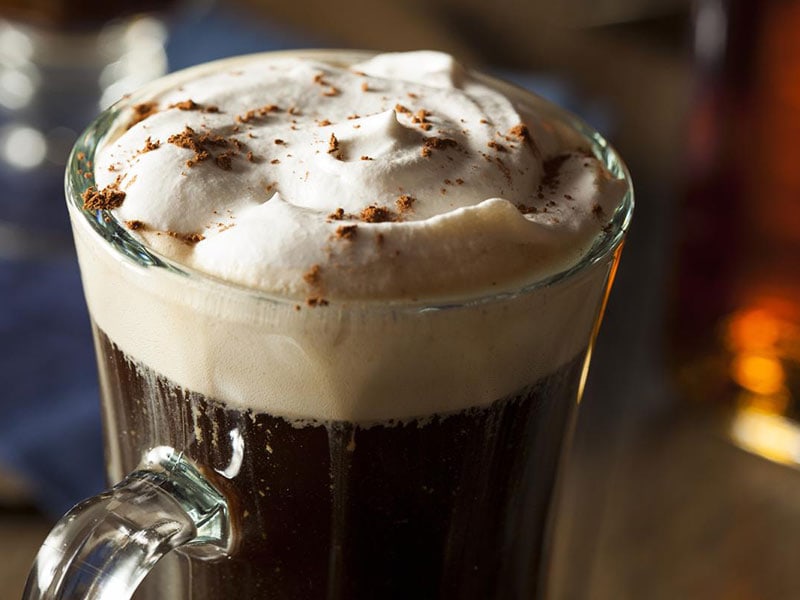
In the morning, when I yearn for something stronger than just coffee, I lean toward traditional Irish coffee. This hot cocktail harmoniously blends sweetened coffee, Irish whiskey, and cream, creating a slightly sweet concoction that bears a robust coffee flavor with a boozy twist of whiskey.
Good Irish coffee takes patience: stir in whiskey and brown sugar into black coffee until completely dissolved, and then carefully layer cream on top. The result is a mellow, smooth finish that lingers in your mouth.
For extra depth, feel free to sprinkle some chocolate powder, ground cinnamon, or nutmeg. In Spain, the whiskey is beautifully layered at the bottom, creating a striking separation from the coffee.
Germany
47. Apfelwein
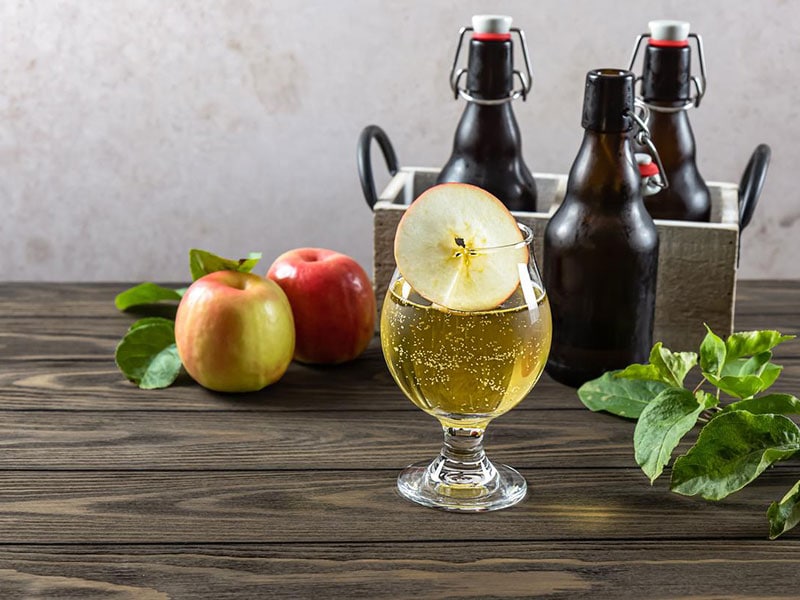
Apfelwein, known in different regions as Ebbelwoi, Apfelmost, Stöffsche, or Äppler, is a common German beverage. This concoction, produced and consumed in the Hesse state, is brewed using sour apples from the Spierling, Bramley, or Bohnapfel species with yeast.
Unlike its American counterpart, Apfelwein cider leans towards a tart and sour flavor profile rather than sweet. Its alcohol by volume is between 4.8 and 7.0%. Plus, Apfelwein’s traditionally served in a Geripptes, a distinct glass with a lozenge cut.
48. Schnapps
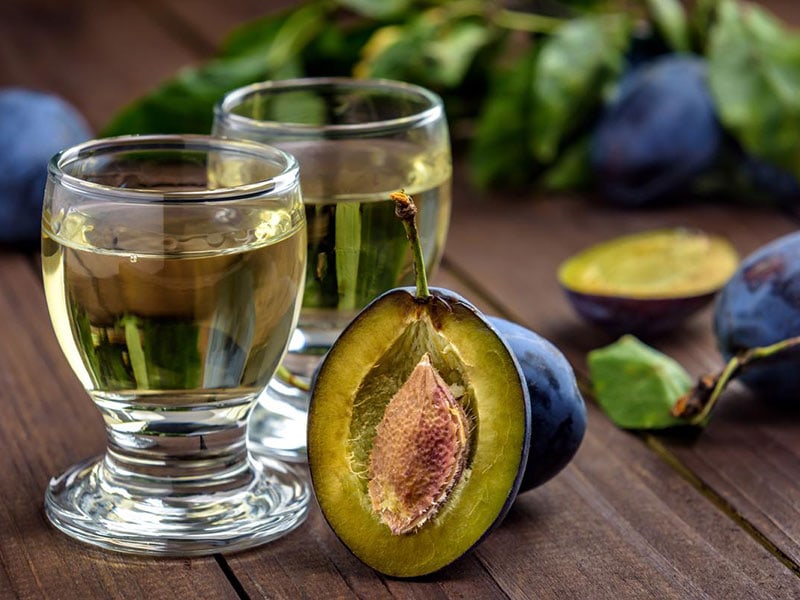
Schnapps, a term referring to potent distilled spirits, is a cornerstone of European drink culture. The drink embodies various forms like distilled fruit brandies, herb-infused liqueurs, and with fruit syrups or spice spirits.
Fruit schnapps, predominantly from apricot, apple, or plum, are similar to the Eau de Vie (French clear fruit brandy) or Aguardiente (Spanish/ Portuguese distilled alcoholic spirit) with their 30-40% ABV.
Typically, the European drinking custom for schnapps is sipping it slowly, straight, often before meals with no cocktail mix-ins here. A crucial distinction lies between this, and the American version of Schnapps is the significantly sweetened profile with a lower ABV of 15-20%.
49. Riesling
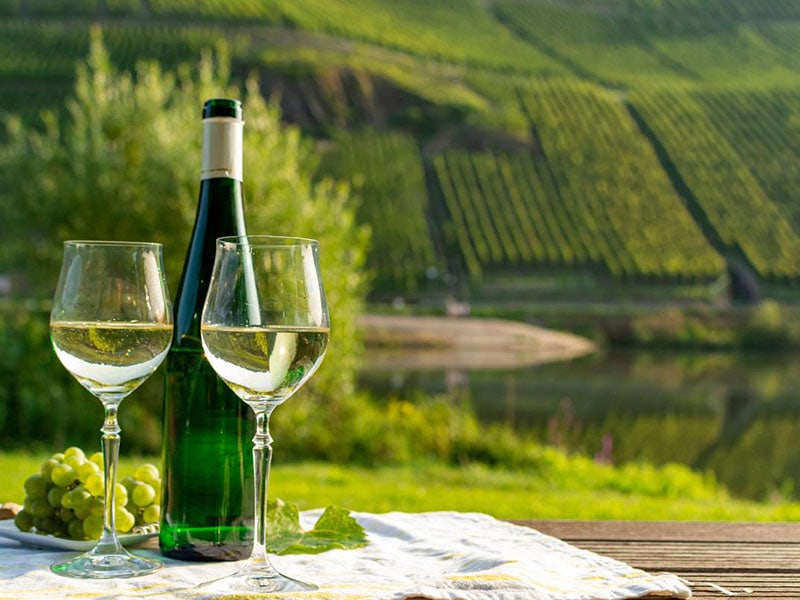
Riesling, from the Rhine region, takes center stage as a high-quality white wine like Sauvignon Blanc and Chardonnay. Made from the Riesling grape, the alcohol comes in multiple styles: dry, sweet, semi-sweet, and sparkling.
Each variant delivers fruity, floral notes balanced by high acidity. Also, Riesling is rather costly and is best for enjoying cold. Dry Riesling aligns with seafood, fat, and meat, while the semi-dry version complements white meat.
In addition, sweet Riesling harmonizes with salty cheese, and sparkling Riesling enhances smoked sausage and pork. The only cautionary note: steer clear of matching with overly sweet food or acidic foods, as it can make your wine taste sour or overly sweet, respectively.
50. Lager
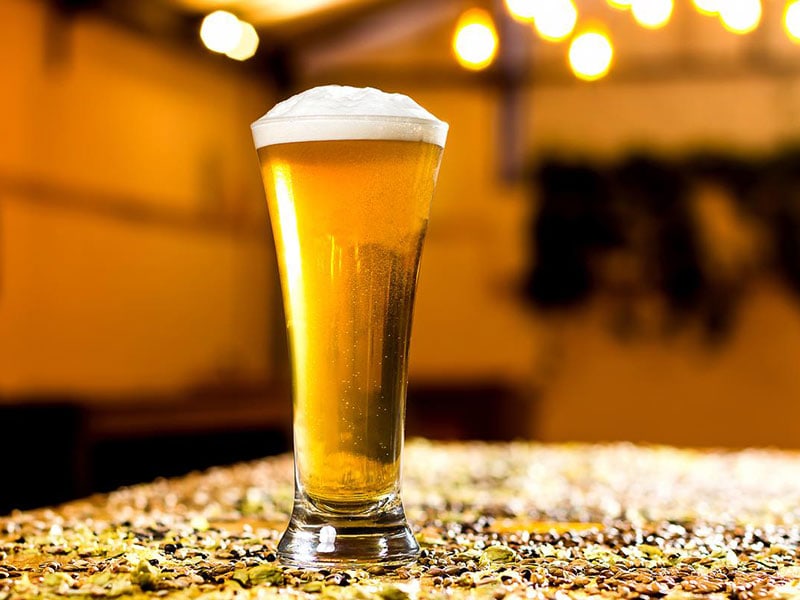
Lager, a type of beer, gets its name from the German word for “storage,” a nod to its preparation process. It’s crafted meticulously, using bottom-fermenting yeast and nurturing the brew at cool temperatures for slow fermentation.
With alcohol levels ranging between 4.5% and 13%, Lager presents a spectrum from pale to amber and dark shades, with the pale one being the most popularly consumed. It carves a distinct identity, differing from ale that favors top-fermenting yeast and warm fermentation.
51. Killepitsch
Killepitsch is a robust herbal liqueur from the city of Düsseldorf, Germany. This deep, blood-red concoction is a symphony of fruits, berries, herbs, and spices, boasting a strong, bittersweet flavor with hints of herbal and fruit notes.
It holds a striking complexity with a flavor similar to Jägermeister. With a hefty alcohol by volume (ABV) of 42%, Killepitsch can be served straight or used to mix intriguing cocktails.
Poland
52. Rabarbar Z Midem (Rhubarb Honey Drink)
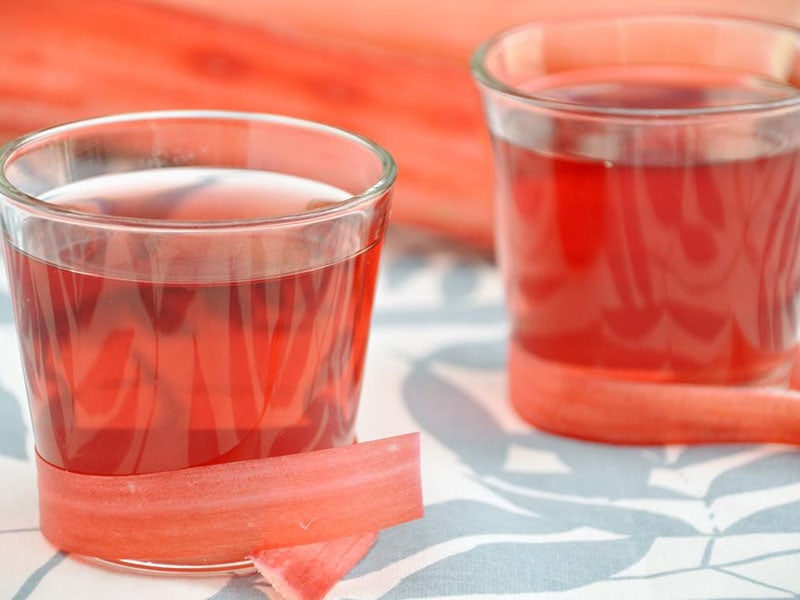
In the Lublin region, a refreshing summer favorite is Rabarbar Z Midem. This non-alcoholic beverage in Poland combines rhubarb, honey, and water to quench your thirst when the temperature rises.
Rhubarb’s season commonly peaks in late spring and summer perfectly align with your need for a cooling drink. To create this sensation at home, rhubarb must be chopped into a pulp and mixed with honey water.
Once strained, this delightful concoction is best kept in a pitcher and served chilled with ice cubes. A sprig of mint makes an ideal garnish for this refreshing summer drink.
53. Grzane Piwo (Mulled Beer)
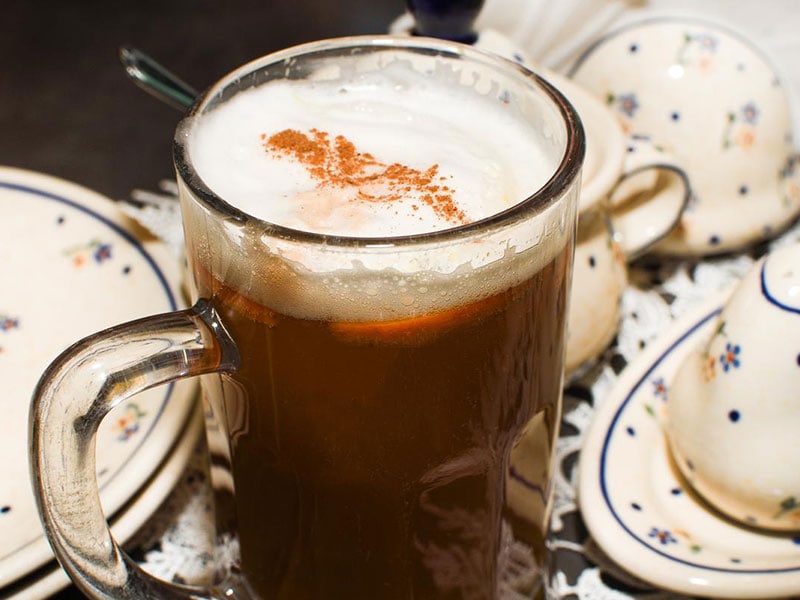
Grzane Piwo, or Grzaniec, is a toasty beer-based Polish favorite for those chilly winter months. The name translates to ‘heated beer,’ which certainly matches that. This hot brew combines beer, honey, orange juice, and spices, including anise stars, cloves, cardamom, and cinnamon sticks.
The trick to preparing it is to cook the ingredients together just until hot, but it shouldn’t be boiled. The reason is that it would cause the alcohol to evaporate and alter the taste of this drink.
Czech Republic
54. Pilsner
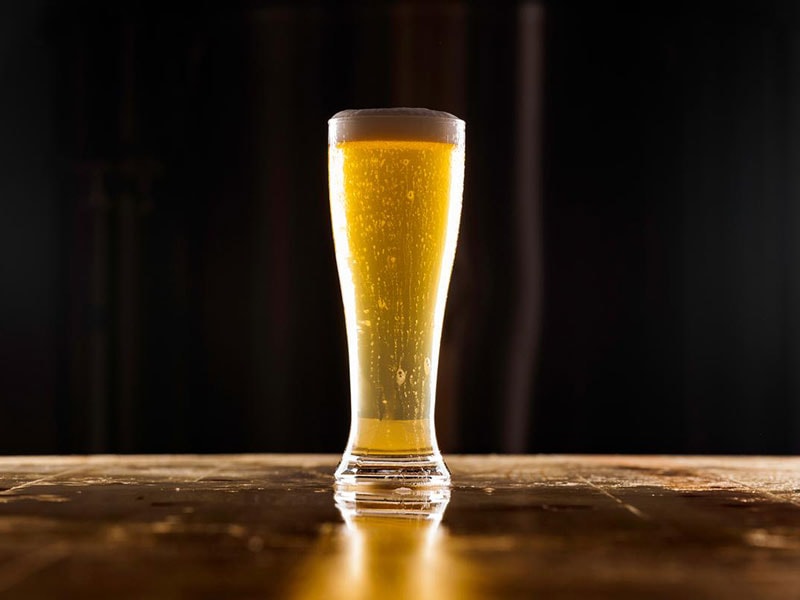
Pilsner is a pale lager that traces its roots back to the Bohemian city of Plzeň, home of the world’s first pale lager brewery, Pilsner Urquell. Depending on the region, you might encounter varied styles of this crisp beer.
This Czech-style drink usually sparkles with a bright golden hue and moderate bitterness. German Pilsners, meanwhile, have a light straw to golden cloak that comes with an earthy or bitter flavor.
Also, European Pilsners bring a slightly sweet taste to your palate. When in the Czech Republic, you should look for brands like Pilsner Urquell, Kozel, Gambrinus, and Budweiser Budvar.
55. Becherovka
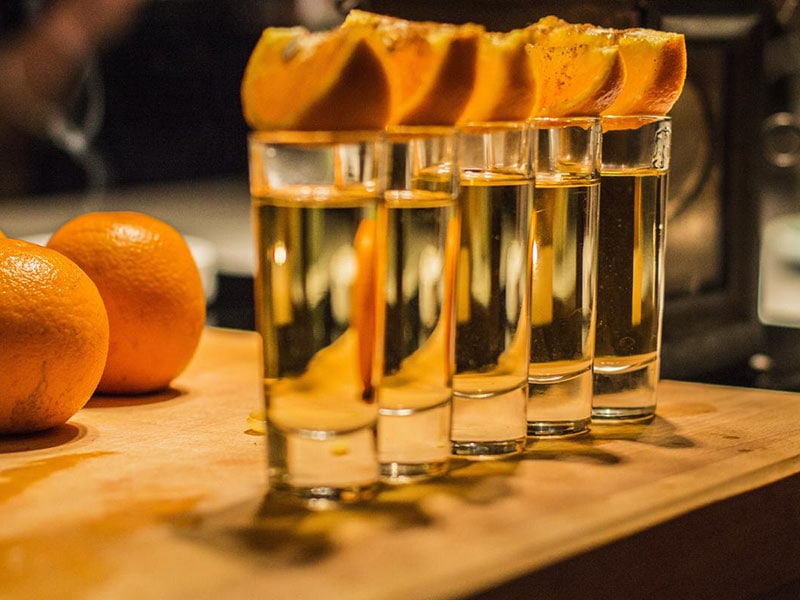
Becherovka, the national drink of the Czech Republic, is a herbal bitter of the city of Karlovy Vary. This robust spirit has an alcohol content of 38%, served chilled and neat after meals as a digestif or flavorful twist in cocktail mixes.
Typically, a Becherovka recipe encompassing more than 20 herbs and spices such as nutmeg, cinnamon, and cloves matures in oak, bringing forth a flavorful profile that leans towards gingery or cinnamon notes.
Portugal
56. Port Wine
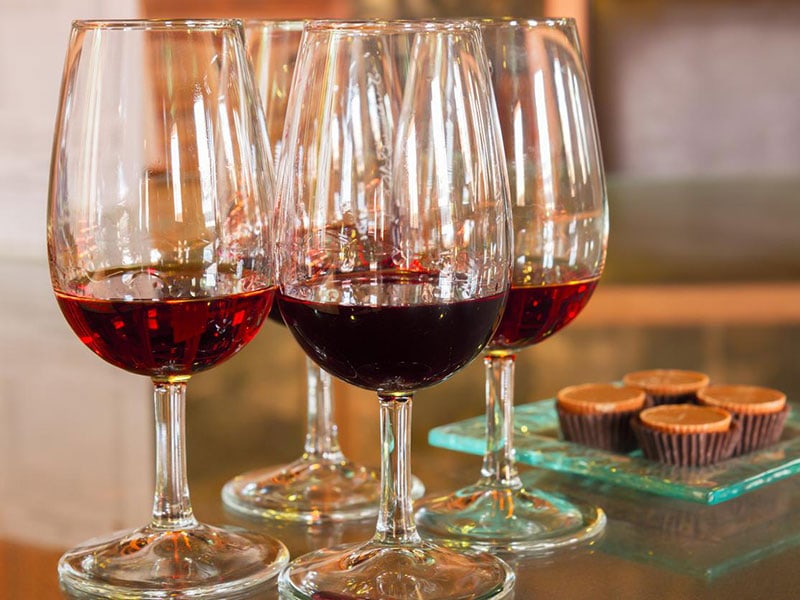
Port wine, hailing from Portugal, is a fortified wine that carries a Protected Designation of Origin stamp under the European Union. And only wines from Portugal can have the word “port” in their name.
Commonly, this beloved Portuguese drink has a distinct sweetness. Its varieties, which include white, dr56y, and semi-dry, cater to different tastes. I especially enjoy its richer ABV, a divergence from unfortified wines.
The white port has a knack for serving as a splendid apéritif, while the red variant is as a dessert wine. Match port wine with chocolate, cheese, or nuts; it’s sublime.
57. Ginjihna
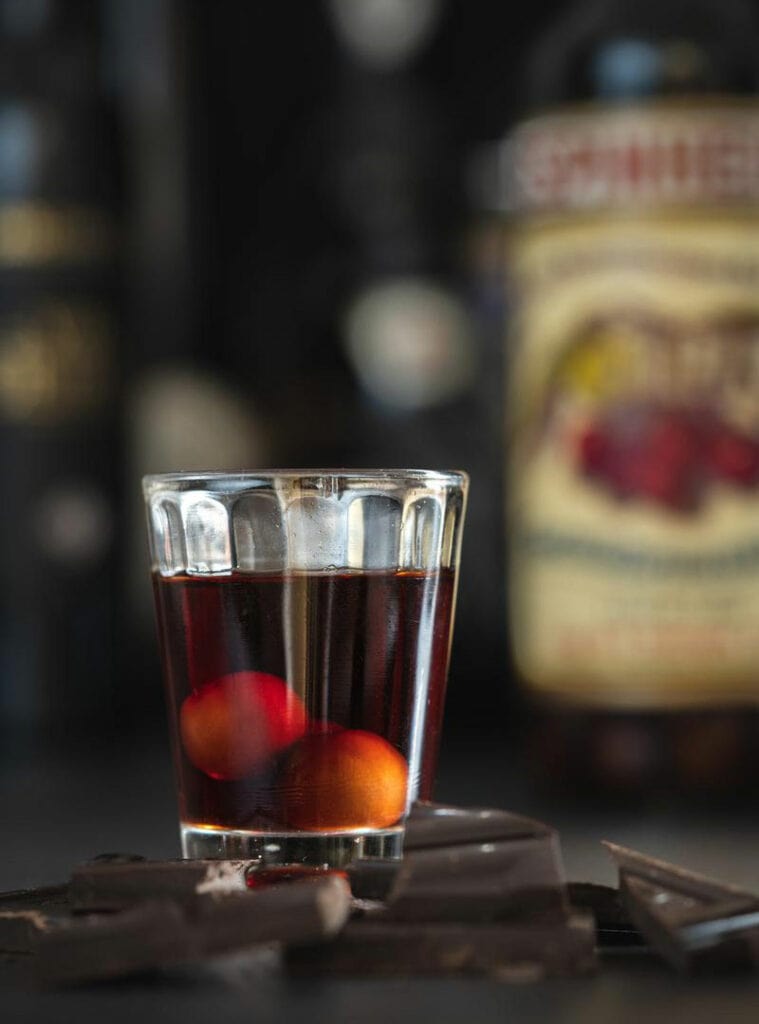
Ginjinha, also known as Ginja, is a dark red liqueur produced using ginja berries (sour cherry), alcohol, sugar, and spices like cinnamon sticks and cloves. It’s traditionally served in a small cup, with or without a cherry, but in Óbidos, they serve Ginjinha in an edible chocolate cup.
Hugely popular in regions of Lisbon, Alcobaça, Covilhã, Marvão, and Óbidos, this beverage is best described as a sweet, tart symphony of strong cherry flavor.
In Greece
58. Ouzo
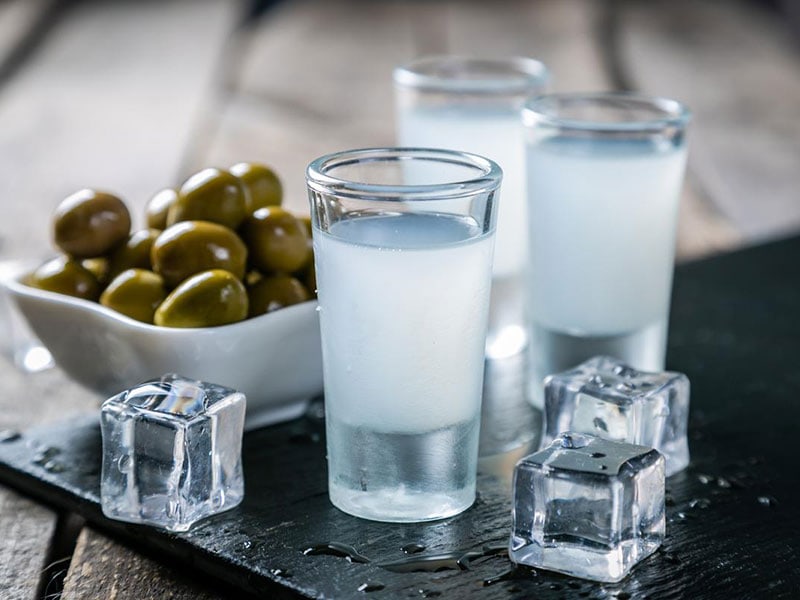
Ouzo is a celebrated national drink of Greece. This dry, anise-flavored aperitif, derived from grape must, has a sweet, silky, and clear taste.
It is known for its strong anise note, especially when served neat alongside appetizers, or meze. However, a splash of iced water can dilute Ouzo nicely too. In Greece, the locals raise their glasses high with a heartfelt “stin uyeia sou” – meaning “a toast to your health!”
59. Mastiha
Mastiha is this sweet liqueur that comes from the Greek island of Chios. The main flavor profile is a blend of musky, earthy tones with a hint of pine and wood. However, the star ingredient is mastic, a resin from the mastic tree.
Once it crystallizes, it’s distilled to create Mastiha. Mastiha’s ABV ranges from 15% to 47%, depending on the recipe. And sure, it’s a great way to round off a meal, acting as a digestif.
Plus, some believe it’s good for digestion and has possible medicinal benefits. You best serve Mastiha cooled in a small glass with no ice.
60. Frappé
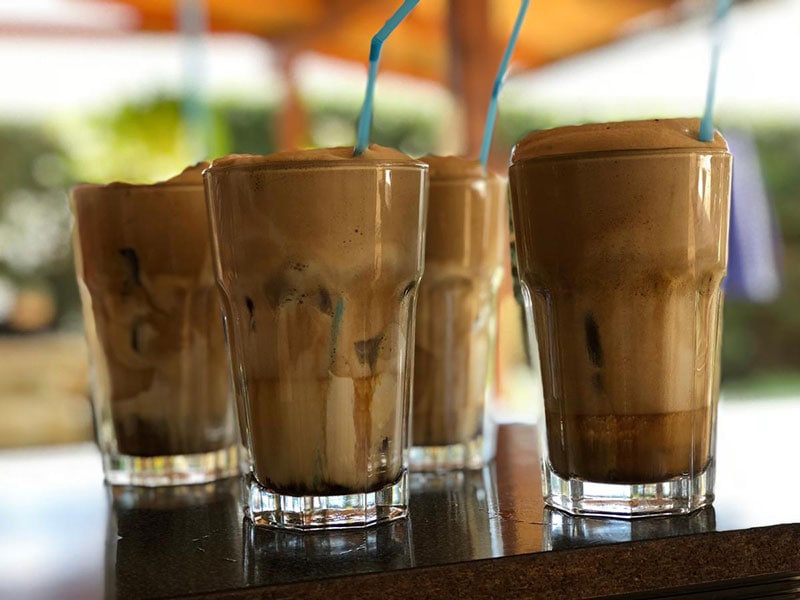
Frappé has been a constant companion on my Greek and Cypriot journeys. This drink is a beloved symbol of their postwar outdoor coffee culture. This coffee creation involves mixing instant coffee, sugar, milk, and water.
When shaken in a cocktail shaker, Frappé forms a thick foam. Ice cubes come next, making it a cool, refreshing choice on hot summer days. And sometimes, a dollop of whipped cream tops Frappé off. Just a little trivia: “Frappé” is a French term meaning “to shake.”
In Russia
61. Raf Coffee
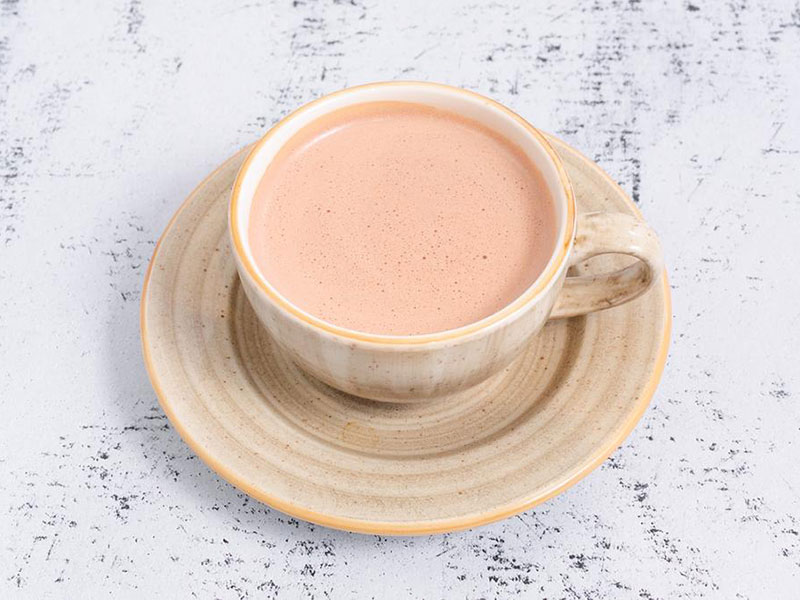
In the buzzing coffee culture of Russia, Raf Coffee holds its own charm. This famed Russian drink is an exquisite blend of espresso, cream, and vanilla sugar, topped with a pinch of cinnamon. Variations might add honey or a dash of alcohol.
Whipped together using a steam heater, it morphs into a sweet, creamy, frothy delight. The drink’s birthplace is a Moscow-based coffeehouse in the late 1990s. It’s named in honor of its inspiration, a customer named Rafael Timerbaev.
62. Sbiten (Spicy Winter Beverage)
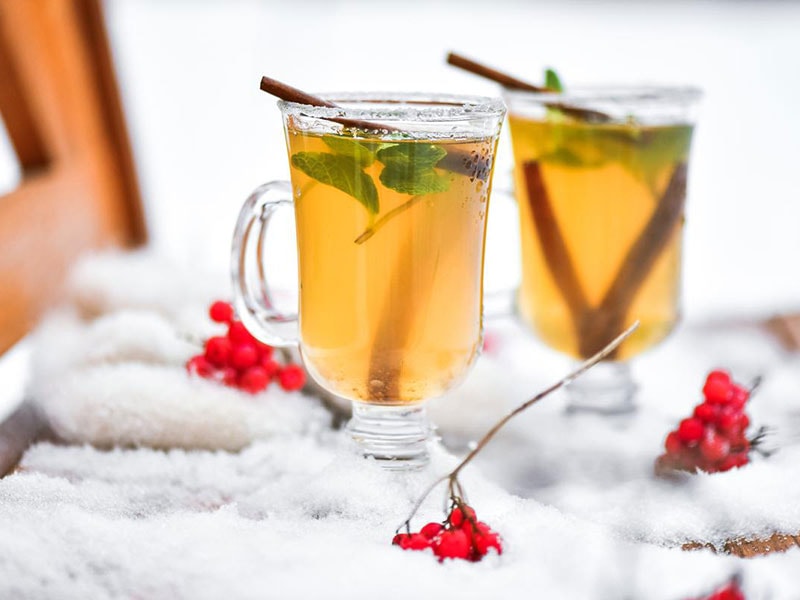
Sbiten, also known as Vzvar, has a rich history dating back to the 12th century. Although once overshadowed by coffee and tea, this drink was revived in the 1990s.
Its composition is wonderful, blending honey, water, jam, citrus juice, and a medley of spices, such as cloves, ginger, and cinnamon. Served hot, Sbiten provides a comforting refuge from biting cold weather.
The flavor spectrum is broad, from toothsome sweet to piquant spicy, and while it’s especially cherished in winter, some Russians also relish it cold. In fact, it’s a non-alcoholic alternative to Glühwein, the Russian mulled wine, and it bestows a similar warmth.
In Other Countries
63. Trappist Beer – Belgium and Netherlands
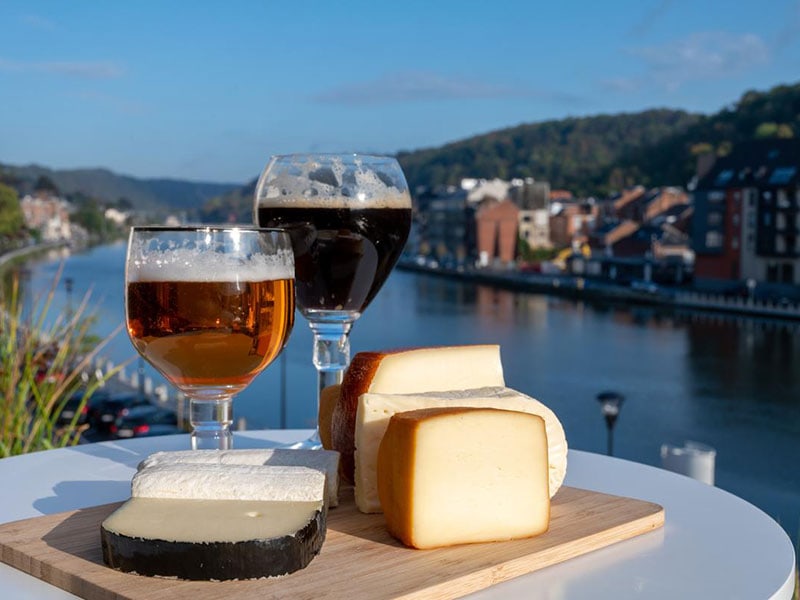
Trappist beer is deeply rooted in the monastic tradition. Originally made by the Trappist monks from the La Trappe Abbey in France, the beer abides by stringent regulations from the International Trappist Association (ITA). Only a handful of breweries, primarily in Belgium, meet these standards.
The key among them is that the beer is brewed within a Trappist abbey’s walls and under the oversight of monks. This distinguishes it from ‘abbey’ beer, which follows similar brewing techniques but lacks the monastic connection.
What started as a means for monks to sustain their lives and fund charitable activities has evolved into a significant part of the beer industry. Most Trappist beers are top-fermented and bottle-conditioned, with an alcohol content range of about 6% to 9.5% ABV.
Their rich, full-bodied taste brims with malty goodness, interwoven with sweet, spicy, and caramel-like notes, varying from one brewery to another. Poured into a chalice- or goblet-like glass, the beer is an inviting sight for any beer enthusiast. Many of the historic breweries are tourist attractions.
Sangria – Spain and Portugal
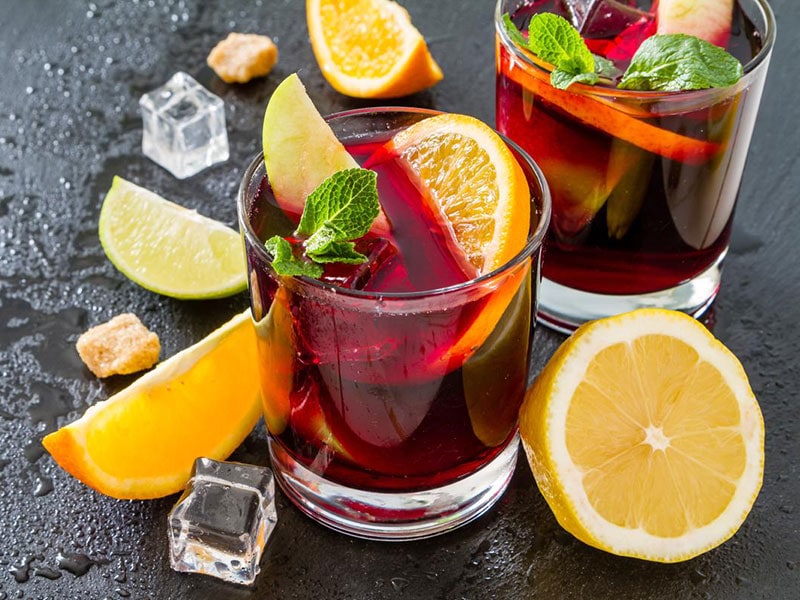
Sangria is a refreshingly sweet and tangy drink similar to punch. The origin of this crowd-favorite lies in Spain and Portugal, its rich red hue lending it the name which translates to “bloodletting.”
A traditional Sangria includes red wine, chopped fruits (nectarines, apples, peaches, and berries), sweetened with orange juice and sometimes brandy or sparkling water to dial up the zing.
These ingredients manage to cut the bitterness of wine while enhancing its flavor, a balance that’s hard to strike. Sangria Blanca was born in the spirit of innovation, sporting an opaque look thanks to white wine.
There’s also Ponche de Sangria, a non-alcoholic variant, and Clericó, a Latin American cousin of Sangria made with white wine. Interestingly, only Sangria, made in Portugal and Spain, can bear the name, while all others need a new moniker.
Kvass (Fermented Cereal-based Beverage) – Eastern Europe
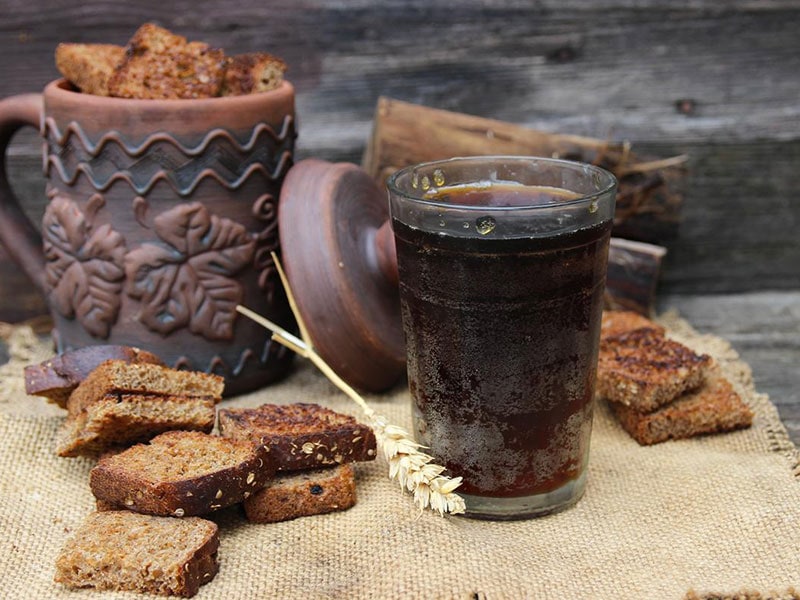
Kvass, an Eastern European favorite in Russia, carries an intriguing taste profile. The preferred base ingredients are beets, barley, buckwheat meal, and old rye bread, contributing to its sour taste balanced by sweetness from honey and saltiness.
This cloudy, dark-brown beverage with a hint of sweet berries and aromatic herbs is a refreshing option for summer days. Low in alcohol content of around 0.55 to 2% ABV, it’s largely seen as a non-alcoholic beverage.
In fact, bottled Kvass may contain no alcohol at all. If you fancy kombucha, think of Kvass as a savory, less sweet cousin. An added bonus is its probiotic-rich nature, which is beneficial for gut health. No wonder it’s starting to make waves in America!
66. Vodka – Poland, Russia, Sweden
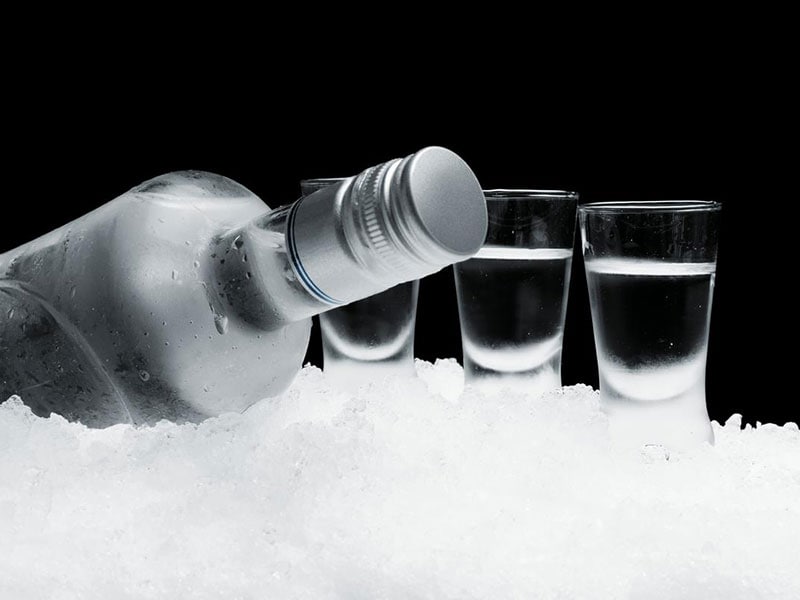
Vodka, a classic spirit in Slavic culture, bears an intriguing lineage, with both Poland and Russia claiming vodka as their birthplace. Traditionally distilled from an array of ingredients, such as rye, wheat, barley, and notably potatoes, this robust liquor packs at least a 40% ABV punch.
When it comes to vodka, simplicity reigns. A perfect blend of water and alcohol, without added sweeteners or flavorings, offers a neutral profile. This character makes vodka an all-rounder in cocktail recipes, mixing seamlessly with pretty much everything.
67. Gin

Gin is redistilled with juniper berries, the star elements that infuse its distinctive flavor. Alongside these berries, other botanicals join the party. Like vodka, gin’s base can be drawn from diverse agricultural sources, from wheat, rye, and barley to potatoes, sugar beets, and sugar cane.
You can taste the citrusy zing, layered with spicy, pine-like notes, with its color ranging from clear to a pale yellow. Also, gin might be a healthier choice than other liquors due to its lower sugar and calorie content [3].
Usually, the spirit contains 40% – 50% ABV. For a specific spin on gin, give London dry gin a try. This variety insists on specific criteria: no sweeteners, colorless, and an impressive 70% ABV with all botanicals added during distillation.
68. Rakija (Fruit Brandy) – The Balkans
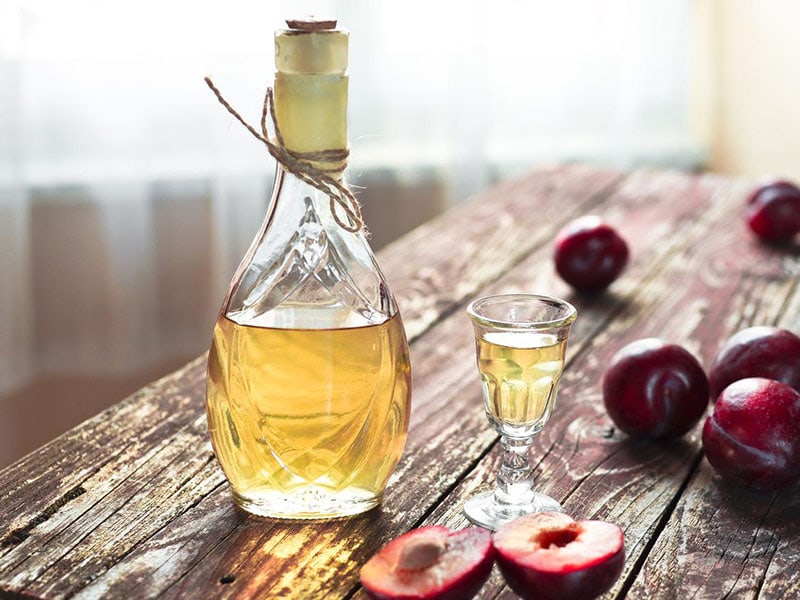
Rakija, known as Rakia or Rachiu, is a celebrated drink that echoes across the Balkan. Also, Raki is a variant of Rajika in Turkey. Commonly, Rakija has a diverse fruit base, like grapes, plums, raspberries, pears, peaches, and cherries.
Each fruit gives Rakija a subtle aroma and a flavor that makes each sip a revelation. As for the ABV level, Rakija can get to 40%, and homemade versions can rocket up to 80%.
Sometimes you’ll find Rakija with a dash of herbs or sweeteners like honey, providing an exciting twist to the taste. Colorless yet vibrant, it may acquire a golden hue if matured in wooden barrels or mixed with herbs. People love sipping Rakija from small glasses, sometimes even at breakfast.
69. Riga Black Balsam (Latvian Herbal Liqueur) – Latvia
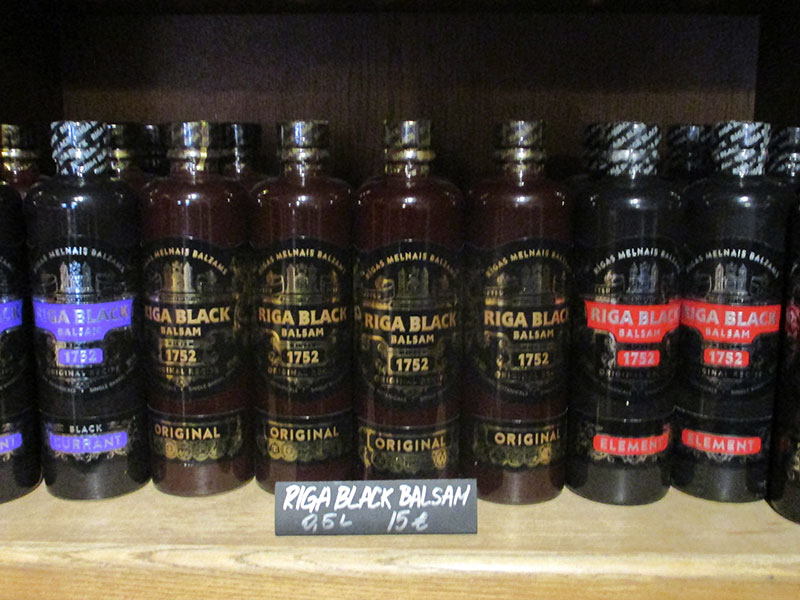
Riga Black Balsam, Latvia’s national drink, is a fascinating balsam boasting a high alcohol content of 30% – 45%. This Eastern European liqueur came to be in the 18th century by the pharmacist Abraham Kunze when it famously nursed Empress Catherine the Great back to health!
Today, the precise recipe remains a closely guarded secret. Yet, known ingredients include herbs (gentian fruits, wormwood, valerian, ginger, nutmeg), fruits (blueberries or raspberries), and fruit juices.
While sipping the deep, dark flavor of this alcohol, I love savoring the tantalizingly rich profile. The aroma is a charming blend of chocolate and coffee, and the flavor unfolds with sweet, sour, herbal, and fruity notes.
Whether it’s the classic, XO, coffee, black currant, or cherry variation, it’s always a captivating encounter. In Latvia, tasting Riga Black Balsam is almost a rite of passage, a tradition that locals and tourists enjoy.
70. Kompot (Fruit-based Beverage) – Eastern Europe
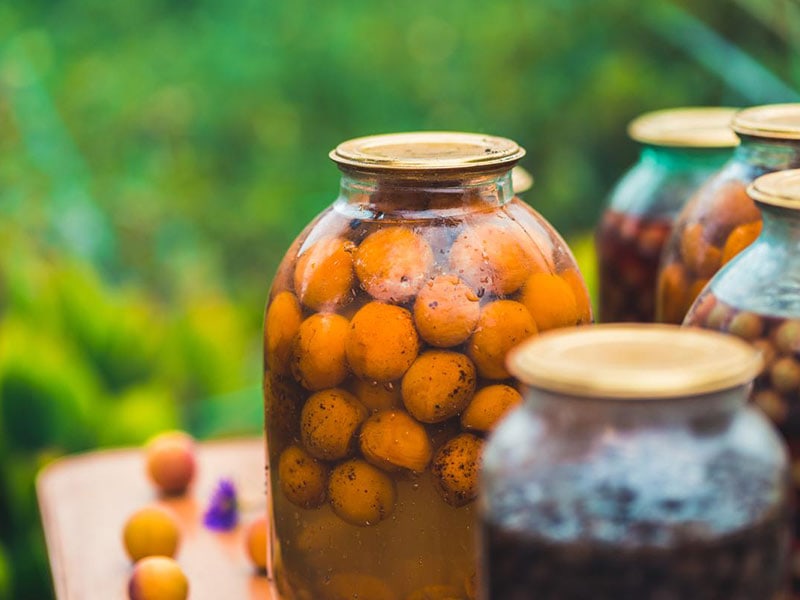
In my culinary adventures, Kompot, also known as Compote, is a favorite non-alcoholic refreshment across the Eastern European region. Commonly, Kompot is a mix of raisins, spices, fruits, and sweetened sugar.
This delicious beverage gets its sweet and fruity flavors from mixed fruits like apricots, strawberries, peaches, plums, raspberries, sour cherries, or apples, simmered gently in water with sugar.
There’s nothing quite like sipping a glass of Kompot, chilled on a sunny day, or warm in the chill of winter. I always keep a Kompot pitcher in my fridge, but be warned; the drink starts fermenting after 4-5 days!
71. Baked Milk – Russia, Ukraine, and Belarus
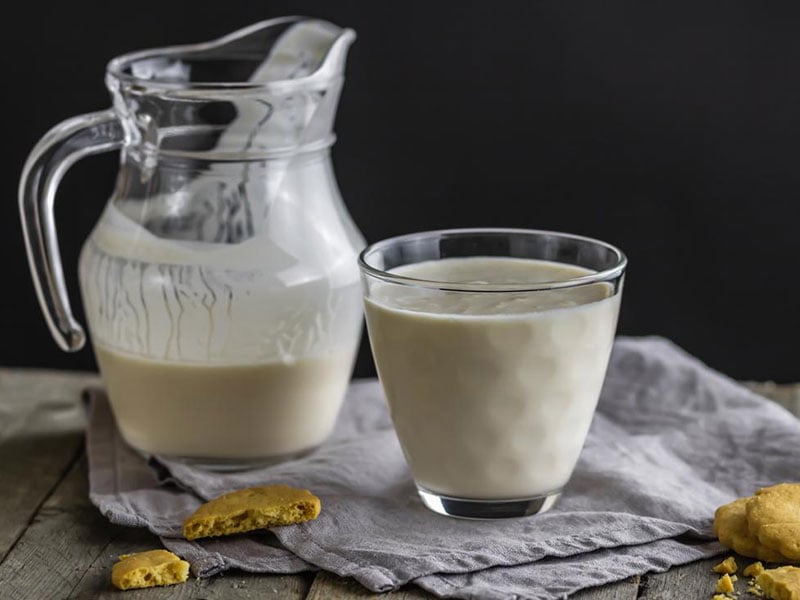
Baked milk is born from a slow simmering process that extends beyond eight hours. Don’t confuse it with its cousin, boiled milk, which is cooked swiftly at higher temperatures. This time-consuming process makes baked milk easier on the stomach and less likely to spark allergies.
Those with lactose intolerance might find baked milk a pleasing exception. Moreover, this drink takes on a creamy texture and caramel-like flavor like condensed milk. Baked milk can even transform into Ryazhenka, a yogurt-like treat,
72. Apfelschorle (Apple Juice With Sparkling Mineral Water) – Germany, Austria, Switzerland
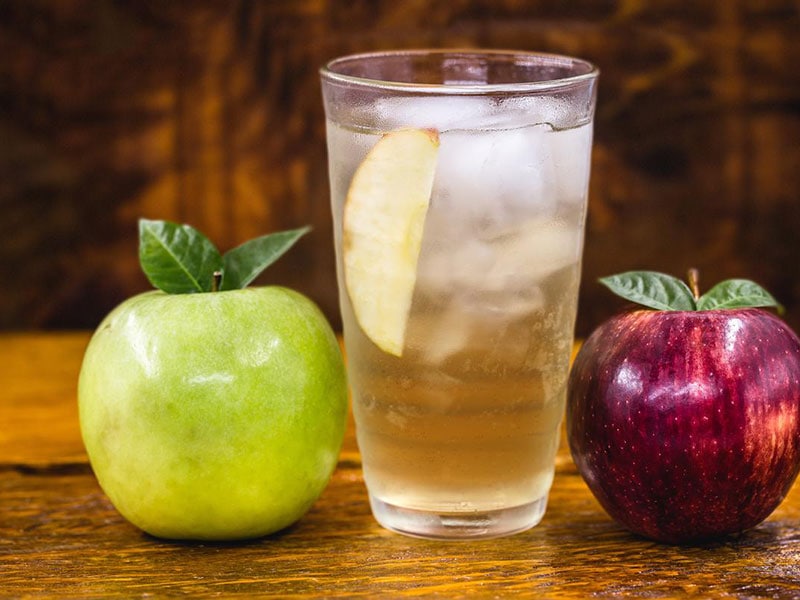
Apfelschorle, or “apple spritzer,” captures the heart of German sparkling beverage culture. This alcohol-free soft drink combines 50-60% apple juice with sparkling mineral water and, if desired, a splash of lemon juice.
Less sugary than pure apple juice, Apfelschorle is a perfect thirst-quencher during summer and can double as a sports drink too! With its popularity, it’s no surprise that bottled Apfelschorle can be found almost anywhere.
What’s great is you can easily whip up your own batch at home. Aptly translating to “apple spritzer”, it’s a standout among German Fruchtschorle beverages.
73. Absinthe (Anise-flavored Spirit)- Switzerland
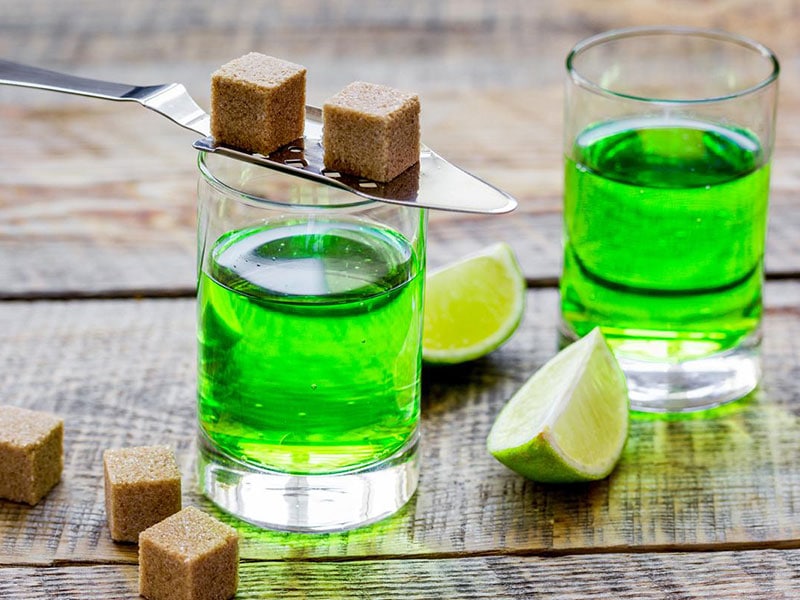
My first encounter with Absinthe, or as some call it, “La Fée Verte” (the green fairy), was quite memorable. This potent, herb-infused spirit, which debuted in the late 18th century, is a botanical blend of wormwood (Artemisia absinthium leaves and flowers), licorice, green anise, hyssop, and fennel.
Absinthe is a favorite in France and many parts of the globe. Its captivating green hue (though there’s a clear version, and potent kick, about 45-74% ABV) add to its mystique. Don’t buy into those tall tales about hallucinogenic effects [4], though!
This misunderstood spirit, once even outlawed in the US, is best sipped after dilution.
74. Raki (Anise-flavored Brandy) – Turkey
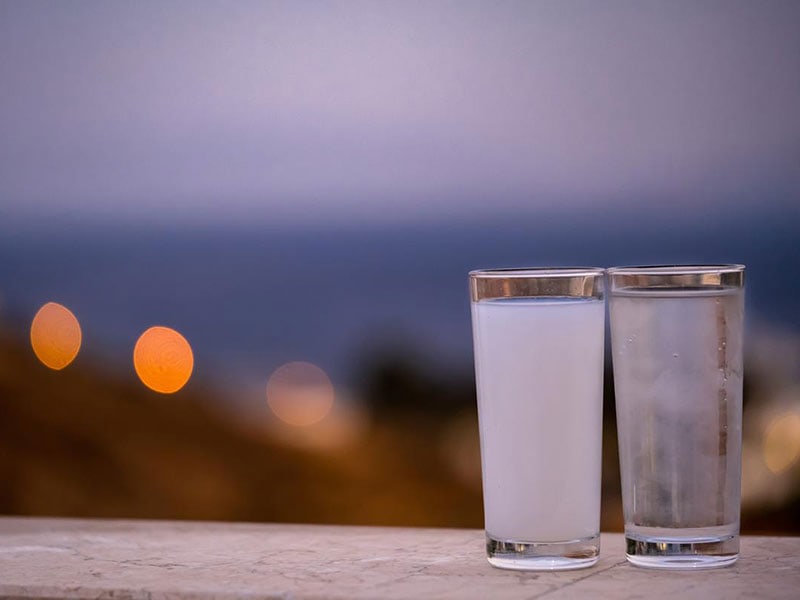
Raki is a national drink of Turkey. This sweet anise-infused, double-distilled beverage is a popular choice in Turkey and across many Balkan countries.
Known for its potent punch with an ABV of 40%-50%, it’s usually served in a highball glass called a ‘kadeh’ with ice and chilled water. For those trying it for the first time, more ice and water would be a wise move to get to know the drink.
When Raki interacts with water, it turns a milky white, earning it the nickname ‘Aslan Sütü’ or ‘lion’s milk.’ The alcohol is also a perfect companion for a mezze.
75. Chacha (Georgian Pomace Brandy) – Georgia
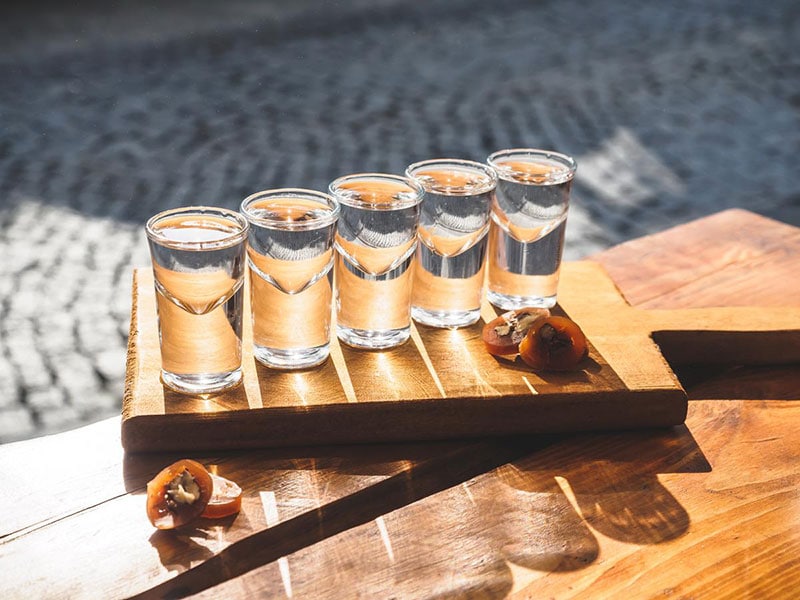
Chacha is an excellent beverage from Georgia that prides itself as one of the world’s oldest wine regions. Surprisingly, this alcohol is nicknamed “wine vodka” or “grape vodka”. It’s crafted from grape pomace, the residue left after pressing wine or unripe grapes.
With a clear hue, this potent spirit boasts an ABV ranging from 50% to 85%. It delivers a flavor profile that’s sweet, smooth, yet powerful, akin to tequila. Chacha is traditionally served chilled in a carafe (a glass container) or by a bottle.
76. Akvavit – Scandinavia
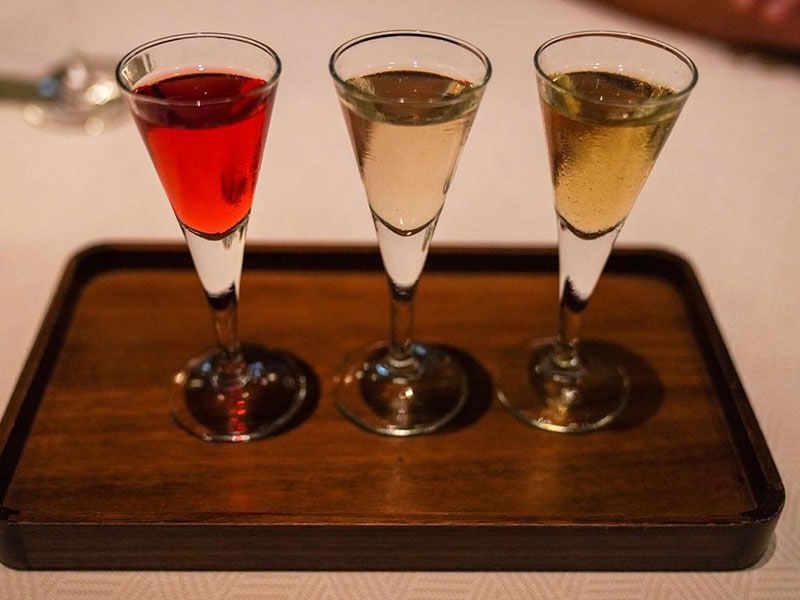
Akvavit, a potent distilled spirit, has been a favorite since the 15th century. The alcoholic base is similar to vodka coming from potatoes or grains, yet its distinct flavor sets it in a league of its own.
Distinctive spices, such as dill, caraway seeds, fennel, and cardamom, lend their unique notes to Akvavit, turning the clear spirit into pale-yellow nectar of 40% ABV.
Best served chilled in a single-shot glass; it adds extra zest to Scandinavian holidays like Midsummer, Christmas, and Constitution Day festivities.
77. Anijsmelk (Hot Milk With Anise Seeds) – Netherlands
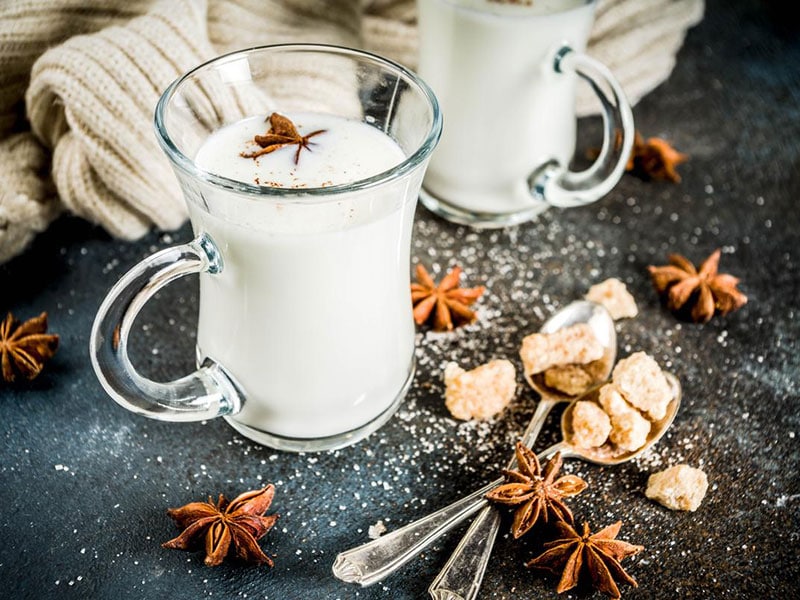
Anijsmelk is a delightful Dutch drink combining hot milk with anise seeds and sugar for a flavor reminiscent of licorice. Inspired by the popularity of anise tea in the Netherlands, Anijsmelk embodies the concept.
For an authentic and indulgent Anijsmelk, full-fat and unpasteurized milk is the go-to choice. Conveniently, Anijsblokjes, dissolvable anise-flavored tablets, can also be a part of this drink when fresh anise is unavailable.
Beyond its comforting taste, this traditional Dutch beverage is a friend to your stomach, too, as it boasts anti-inflammatory properties and supports digestion health.
78. Aguonų Pienas (Poppy Milk) – Lithuania
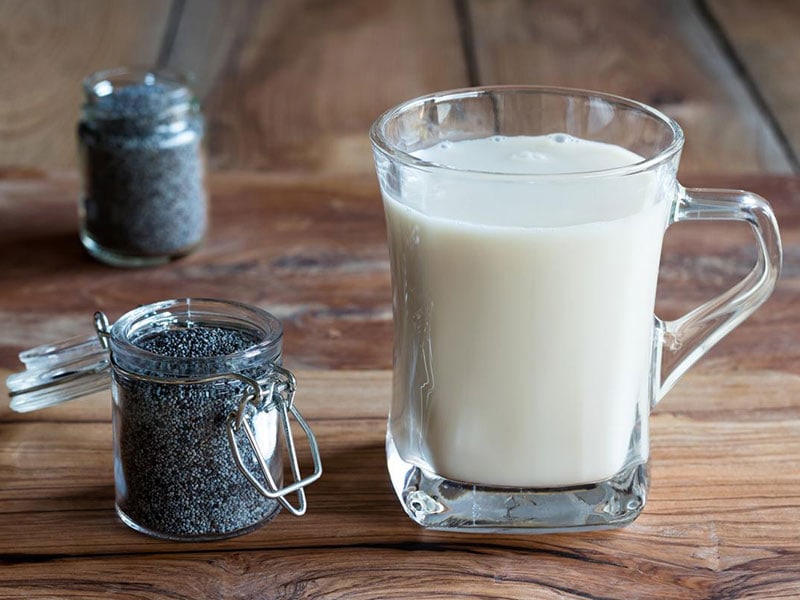
Aguonų Pienas, a traditional Lithuanian beverage, plays a starring role in the country’s Christmas Eve tradition alongside a feast of twelve dishes. This sweet drink, which can double as a dessert, is crafted by crushing poppy seeds into a milky-white liquid.
Then, people sweeten the mixture with honey or sugar and sprinkle in spices. Pair Aguonų Pienas with Kūčiukai, poppy seed cookies, for an authentic holiday treat. A little bonus – it’s known to encourage sleep and cure insomnia.
79. Malt og Appelsín – Iceland
Malt og Appelsín, an Icelandic Christmas drink, hits all the right notes with its blend of malty sweetness and bright orange tang. The name tells you exactly what’s inside, Malt, a beloved sweet soda, and Appelsín, a zesty orange drink.
Poured together, they transform into Jólabland, a festive beverage that outshines their individual charm. The secret lies in pouring Appelsín before Malt. Also, you can whip up a similar drink with any drink with the same flavor as the ingredients mentioned, like Guinness and Fanta.
80. Fröccs – Hungary
Summer in Hungary wouldn’t be complete without Fröccs, a fizzy blend of soda water and wine. This thirst quencher, pronounced “froetch,” was first dubbed “spritzer,” meaning “sparkling water” in Austrian German.
Over time, the name changed to Fröccs, which fittingly means “to splash.” Served chilled and without ice, Fröccs comes in different flavors as you can mix soda water with any type of wine: white, rose, red, or even sparkling.
There are numerous variants of Fröccs recipes, each defining its ratio of the ingredients. Remember, this beverage doesn’t come with ice but still tastes best when served chilled. You can easily get these iconic beverages from Hungarian pubs.
Importance of Beverages in European Culture
Beverages in Europe are not just about quenching thirst; they’re woven into the social and cultural fabric of societies. Wine, for example, plays a crucial role in both daily life and special occasions in many European countries.
In the United Kingdom, tea is a time-honored tradition and an integral part of social etiquette. Similarly, coffee houses in Italy or Austria are not just for grabbing a quick caffeine fix but spaces for socializing, discussing business, or even debating politics.
Beer festivals like Oktoberfest in Germany exemplify the cultural importance of these beverages, with people from all over the world participating in the celebrations. These drinks represent tradition, hospitality, and community in many European societies.
FAQs
Cheers To The End
European drinks, for me, are like turning pages of an enticing book, each drink revealing a new chapter of the region’s diverse culture and rich history. From French wines to hearty German beers, each sip is a story waiting to be discovered.
I encourage you to dive into this fascinating world. Share your thoughts and favorite European beverages in the comments. And if you find this article helpful, spread it to everyone you know so they can enrich their favorite beverages.
References
- The five countries that drink the most Guinness in the world (2022). thedrinksbusiness.com.
- Is Guinness really ‘good for you’? (2023). cnn.com.
- Gin: Are There Health Benefits? (2022). webmd.com.
- What to Know About Absinthe (2022). webmd.com.
- Purchasing and consuming alcohol (2016). fra.europa.eu.
- Which European Country Consumes the Most Alcohol? (2015). usnews.com.

